Gardens serve as personal sanctuaries where creativity meets nature, offering endless possibilities for self-expression and environmental stewardship. Modern garden design embraces sustainability, functionality, and beauty, moving beyond traditional concepts to create spaces that adapt to climate change while supporting local ecosystems. From minimalist zen retreats to vibrant pollinator havens, each garden style reflects different philosophies and practical needs. Whether you're working with a small urban balcony or expansive rural acreage, understanding various design themes helps you create an outdoor space that truly resonates with your lifestyle and values while contributing positively to the environment.
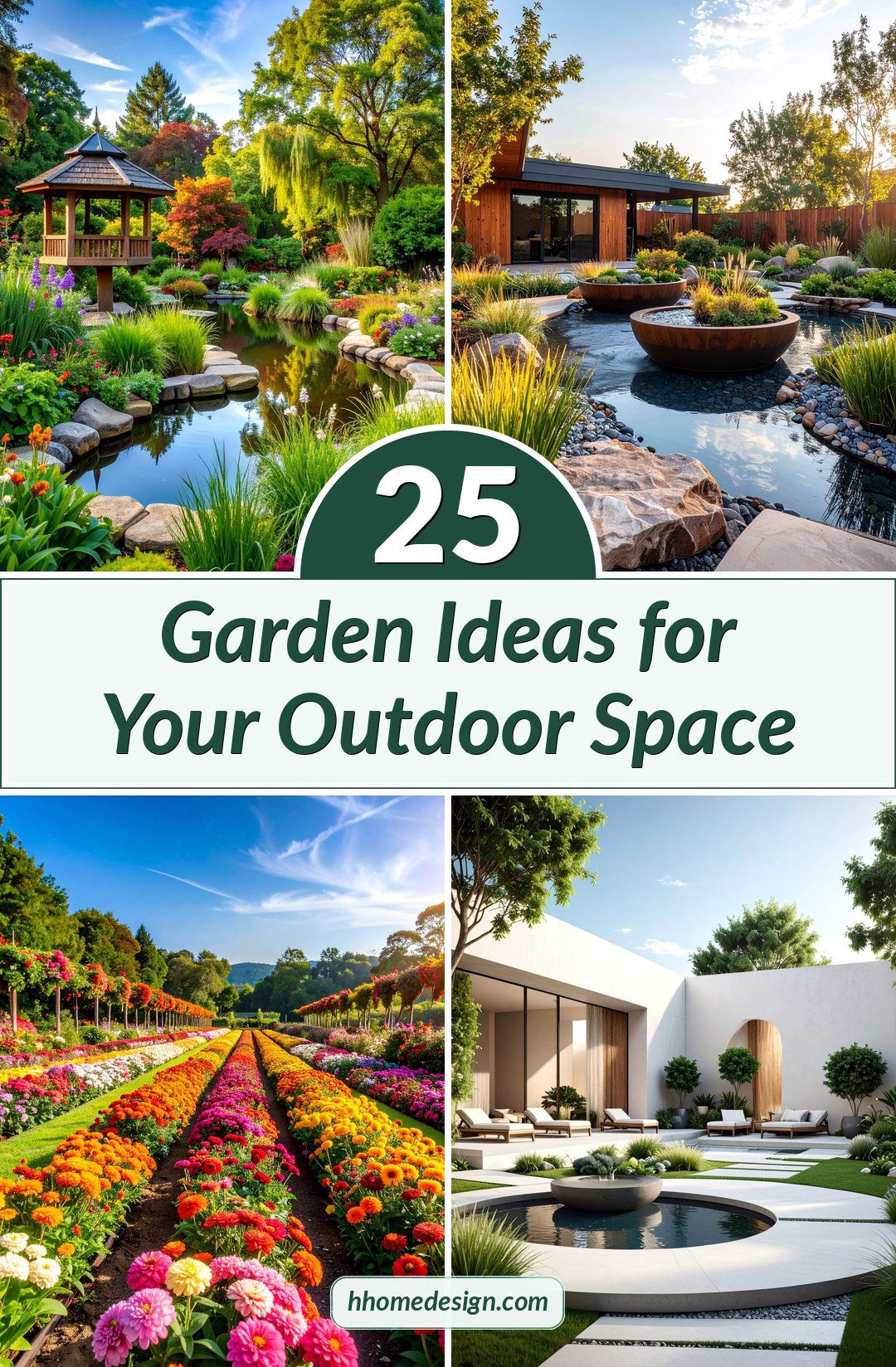
1. Mediterranean Drought-Resistant Garden
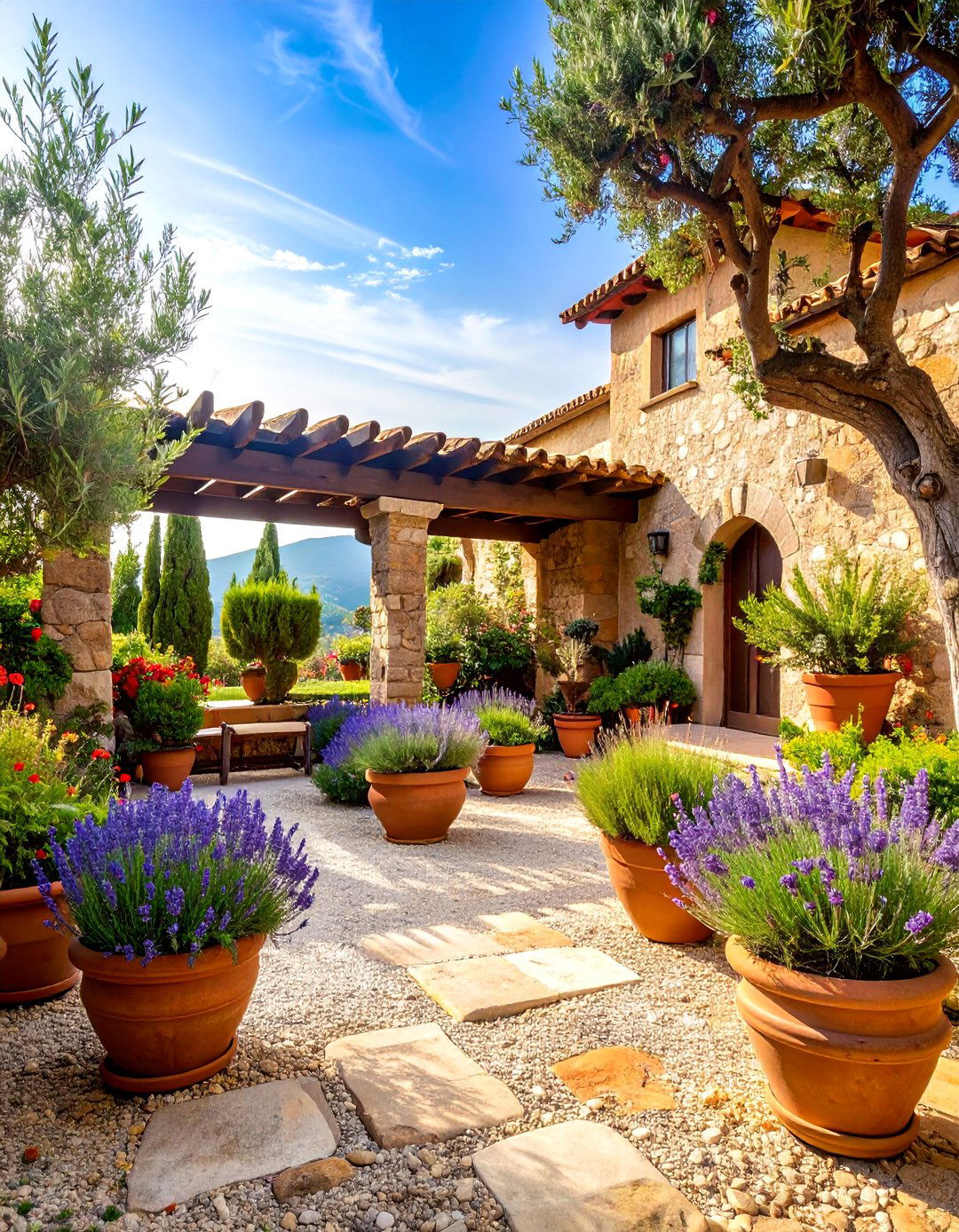
Create a sun-drenched paradise inspired by the coastal regions of Spain, Italy, and Greece using drought-tolerant plants that thrive in challenging conditions. This garden style emphasizes water conservation through strategic plant selection, incorporating olive trees, lavender, rosemary, and bougainvillea alongside architectural elements like terracotta pots and gravel pathways. The design centers around a courtyard concept with stone walls, wrought iron accents, and pergolas that provide essential shade during hot summers. Warm earth tones dominate the palette, complemented by splashes of vibrant blues and purples from flowering herbs. This sustainable approach reduces water usage while creating an elegant outdoor living space perfect for al fresco dining and relaxation.
2. Japanese Zen Meditation Garden
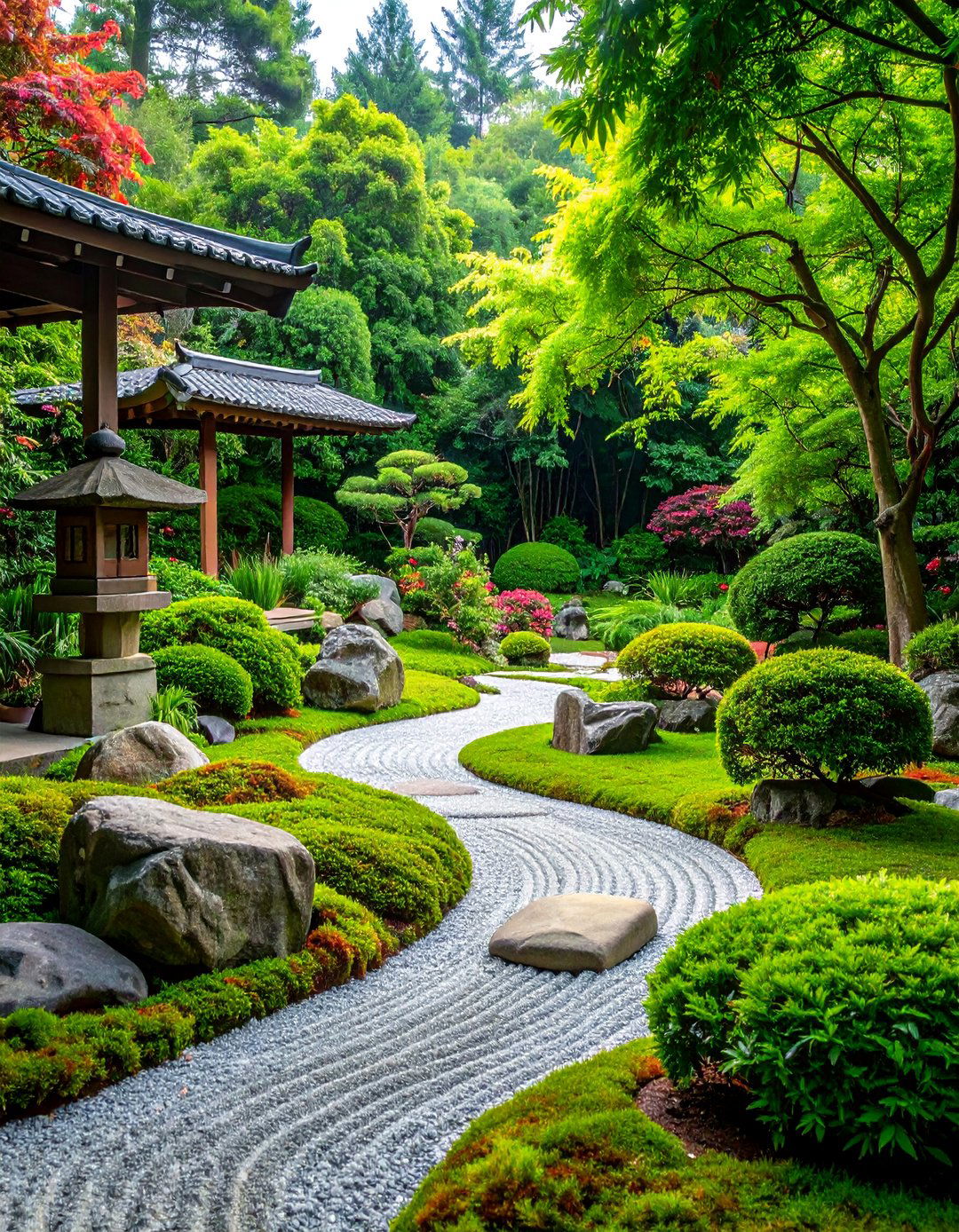
Design a tranquil retreat based on traditional Japanese principles of simplicity, asymmetry, and natural harmony that encourages mindfulness and contemplation. This minimalist garden features carefully raked gravel or sand patterns symbolizing water ripples, strategically placed rocks representing mountains, and limited plant selection focusing on evergreen varieties with interesting forms. Pathways guide visitors slowly through different areas, incorporating elements like bamboo water features, stone lanterns, and wooden bridges. The color palette remains predominantly green with seasonal touches from cherry blossoms or Japanese maples. Every element serves a purpose in creating a meditative environment that promotes inner peace and connection with nature through careful attention to balance and proportion.
3. English Cottage Garden
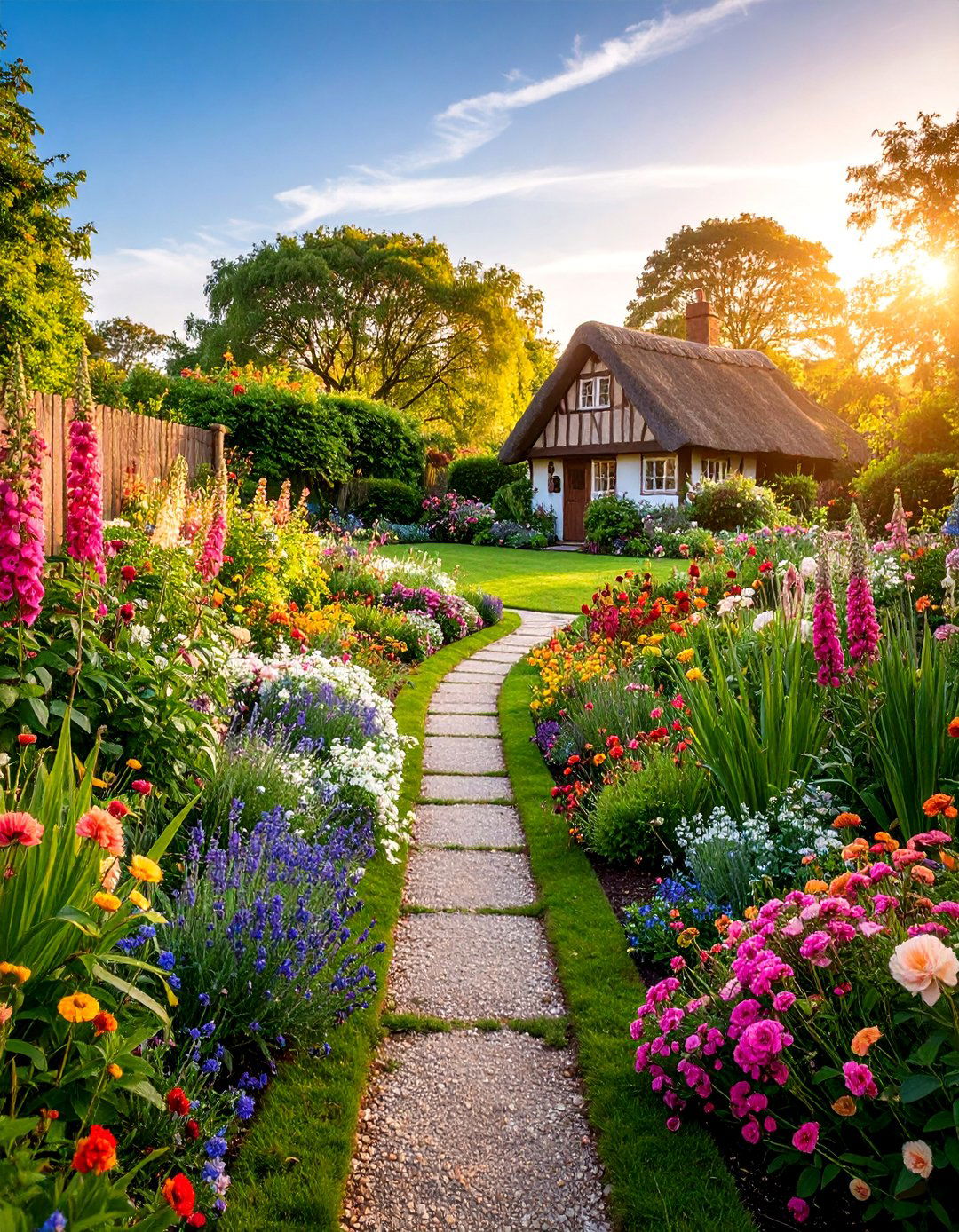
Embrace the romantic charm of traditional English countryside with an informal garden bursting with colorful flowers, climbing roses, and whimsical pathways that evoke nostalgic beauty. This densely planted style combines perennials, annuals, herbs, and vegetables in seemingly random yet carefully planned arrangements that change throughout seasons. Classic cottage plants include foxgloves, delphiniums, peonies, and hollyhocks, often supported by rustic wooden structures and picket fences. The design encourages controlled chaos with overflowing borders, mixed heights, and intertwining growth patterns. Weathered materials like reclaimed brick pathways and antique ceramic pots add authentic character while creating intimate garden rooms filled with fragrance and wildlife-friendly plants that support local ecosystems.
4. Modern Minimalist Garden
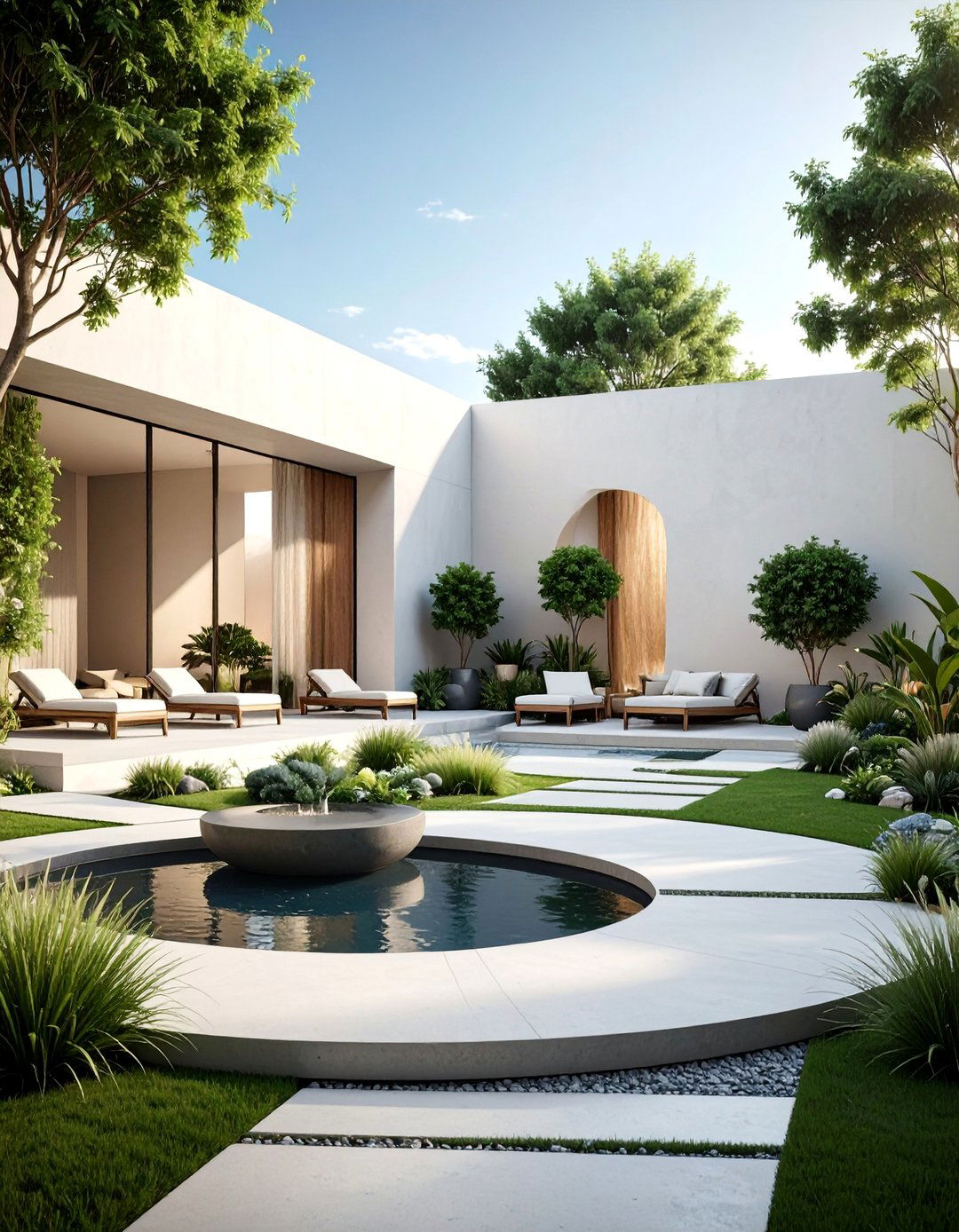
Create a sophisticated outdoor space emphasizing clean lines, geometric shapes, and contemporary materials that complement modern architecture and busy lifestyles. This streamlined design focuses on structural plants like ornamental grasses, architectural succulents, and specimen trees arranged in simple patterns against neutral backgrounds. Hardscaping materials include concrete, steel, and glass elements that require minimal maintenance while providing maximum visual impact. The limited color palette typically features greens, whites, and earth tones with occasional bold accent colors. Built-in seating, water features, and outdoor lighting integrate seamlessly into the design, creating functional spaces for entertainment and relaxation while maintaining the garden's uncluttered aesthetic throughout all seasons.
5. Pollinator-Friendly Native Garden
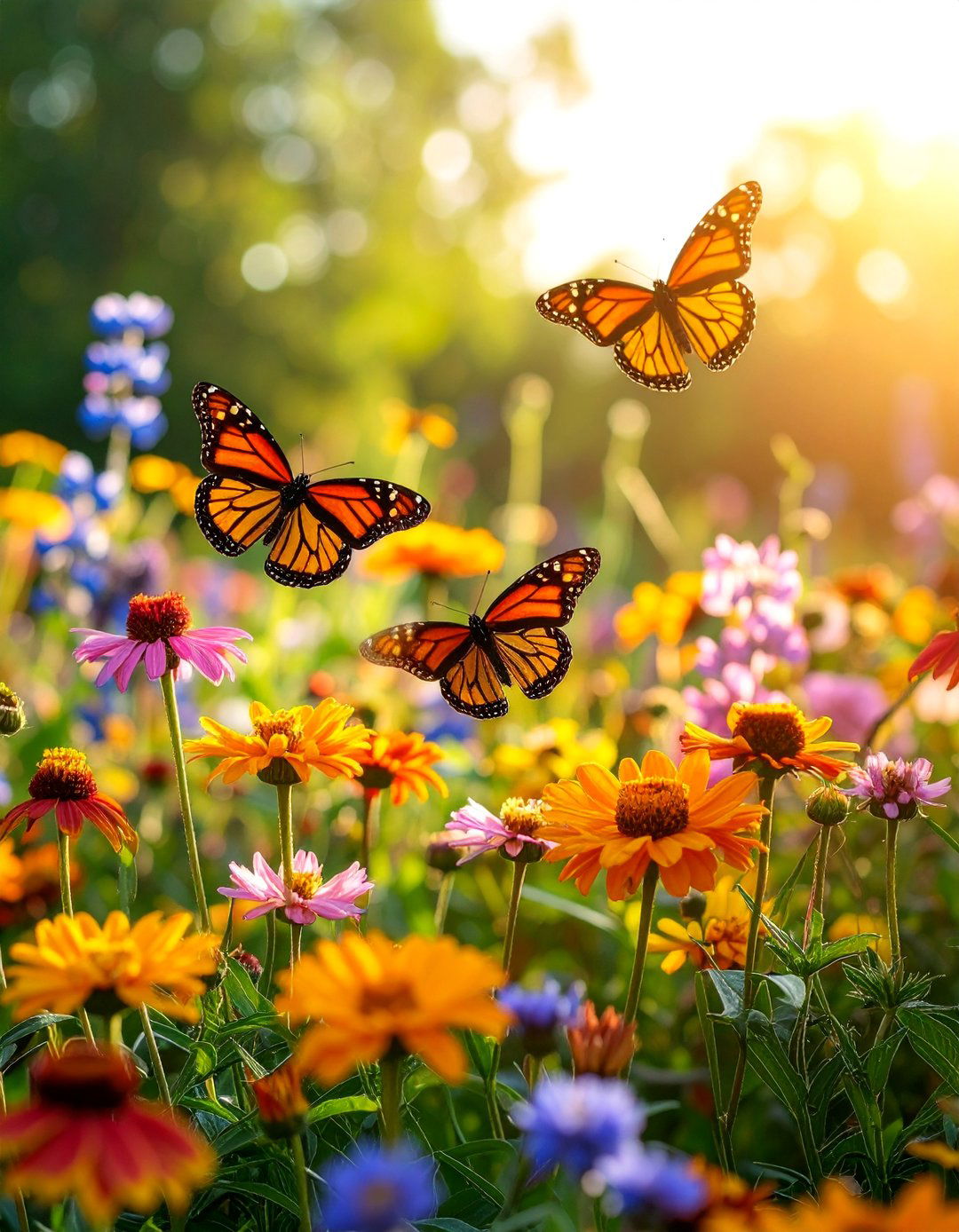
Establish a vibrant ecosystem that supports local wildlife through carefully selected native plants that provide food and habitat for bees, butterflies, and beneficial insects. This garden style prioritizes biodiversity by incorporating plants with varying bloom times, flower shapes, and colors to attract different pollinator species throughout the growing season. Essential elements include native wildflowers, flowering shrubs, host plants for butterfly larvae, and undisturbed areas for overwintering insects. The design avoids pesticides and synthetic fertilizers while embracing natural processes that support ecological balance. Water sources, nesting sites, and seasonal plant debris provide additional habitat features. This environmentally conscious approach creates beautiful displays while contributing to conservation efforts and supporting declining pollinator populations essential for food production.
6. Tropical Paradise Garden
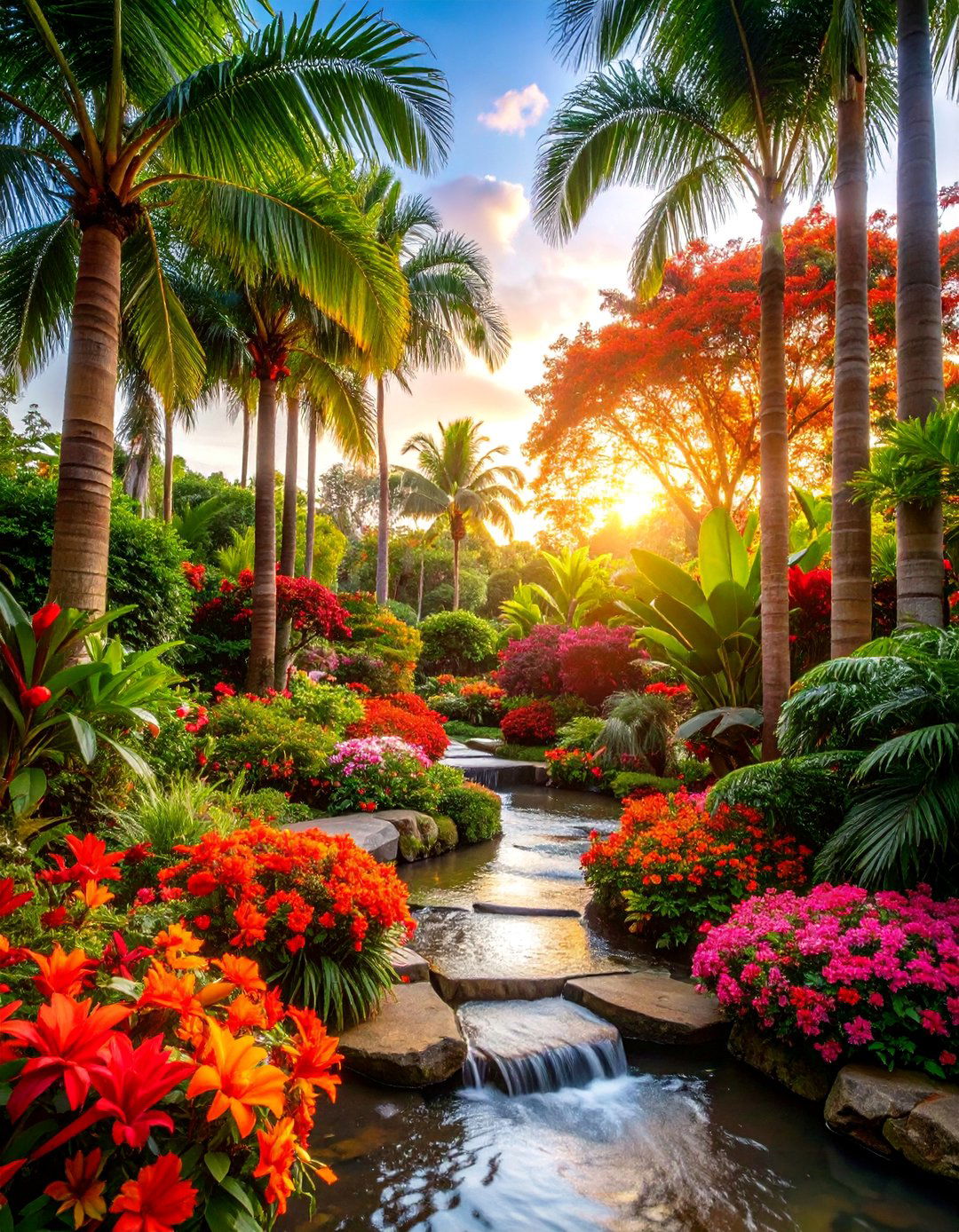
Transform your outdoor space into a lush, exotic retreat featuring bold foliage plants, vibrant flowers, and dramatic textures that evoke far-off destinations and vacation memories. This style emphasizes large-leafed plants like bananas, palms, and elephant ears combined with colorful flowering species such as hibiscus, bird of paradise, and orchids. Layered plantings create depth and mystery while water features add movement and sound to enhance the tropical atmosphere. Warm colors dominate with oranges, reds, pinks, and yellows complemented by rich greens. Natural materials like bamboo, teak, and stone integrate structures that support climbing vines and provide intimate seating areas. This immersive design creates a year-round escape that stimulates the senses.
7. Raised Bed Vegetable Garden
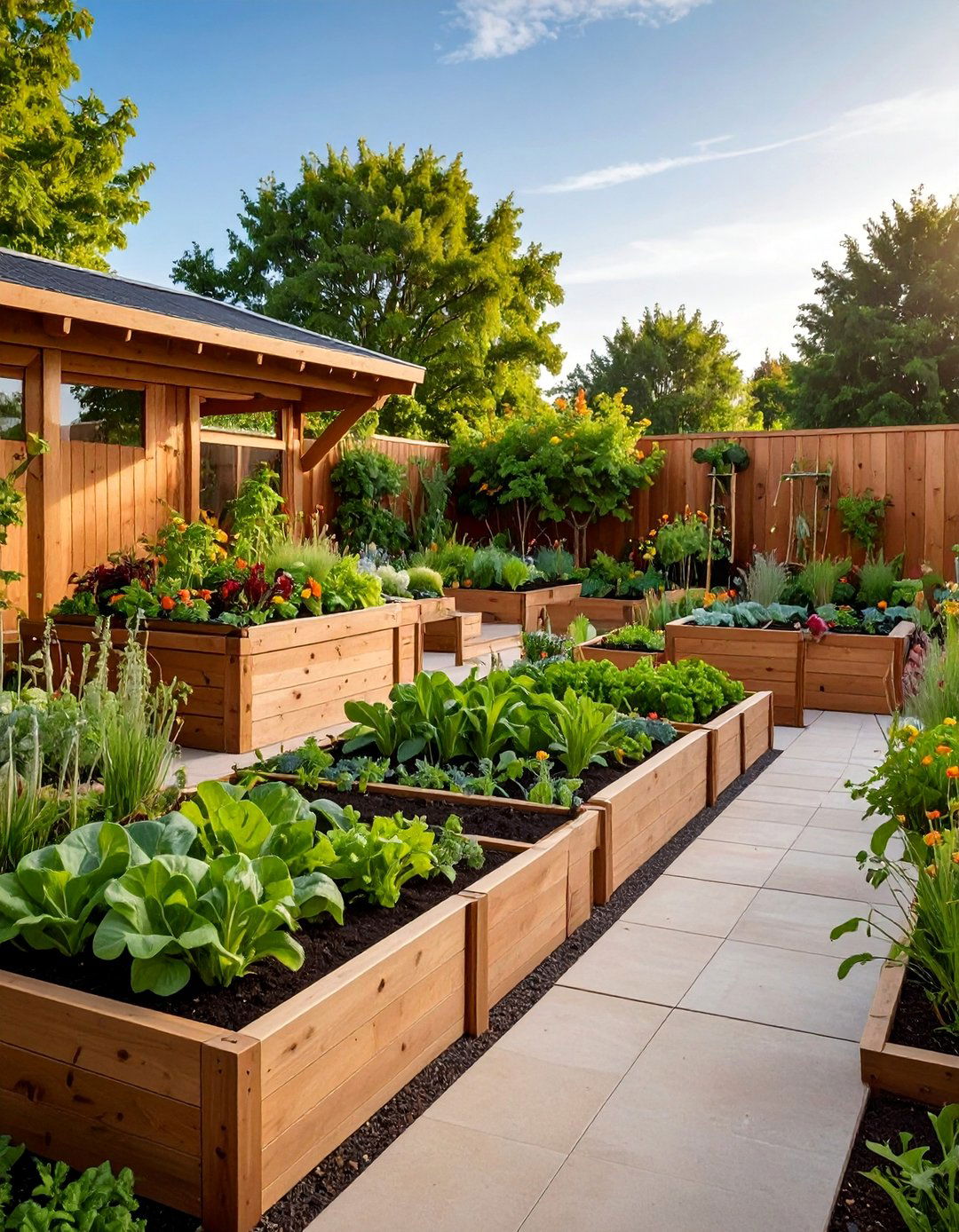
Design a productive and organized growing space using elevated planters that improve soil drainage, reduce weeds, and make gardening more accessible for all ages. This practical approach allows complete control over soil quality while creating defined growing areas that maximize yields in limited space. The structured layout incorporates pathways for easy access, vertical supports for climbing crops, and companion planting strategies that naturally reduce pests. Materials range from cedar boards to stone construction, each offering different aesthetic and functional benefits. Integrated water systems, cold frames, and storage solutions enhance productivity while maintaining visual appeal. This sustainable gardening method reduces physical strain, extends growing seasons, and creates organized spaces that blend functionality with attractive design elements.
8. Vertical Living Wall Garden
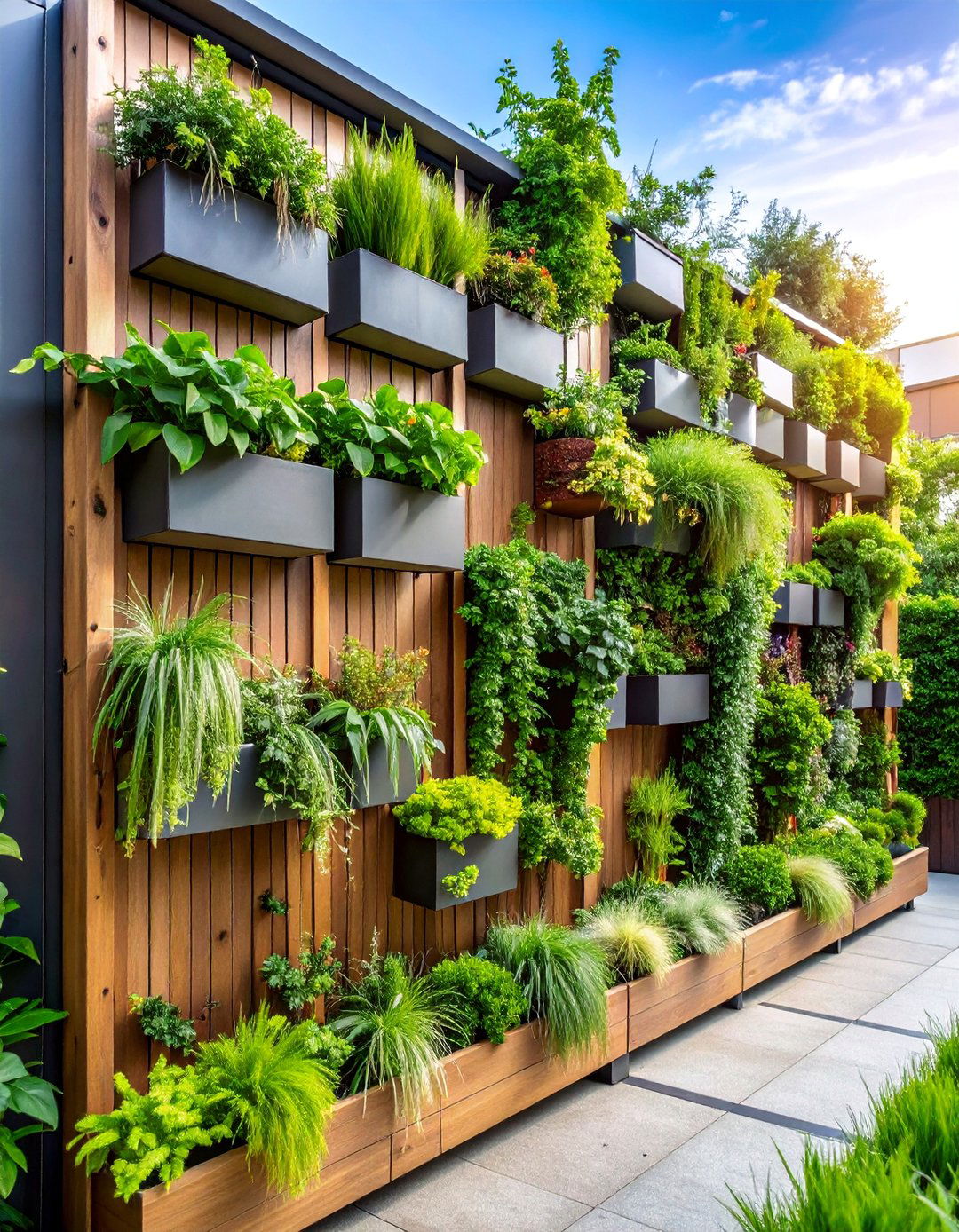
Maximize growing space and create stunning focal points using wall-mounted planters, trellises, and climbing structures that transform vertical surfaces into green landscapes. This space-efficient design works perfectly for urban environments, small patios, or areas with limited ground space. Plant selection includes cascading varieties, climbing vines, and compact perennials arranged in patterns that create visual interest throughout different seasons. Irrigation systems can be integrated for easy maintenance while ensuring proper plant health. The vertical approach allows for creative combinations of edible and ornamental plants, herbs, flowers, and foliage plants. This innovative gardening method provides privacy screens, reduces heating and cooling costs, improves air quality, and creates dramatic garden features that make maximum use of available space.
9. Cutting Garden for Fresh Flowers
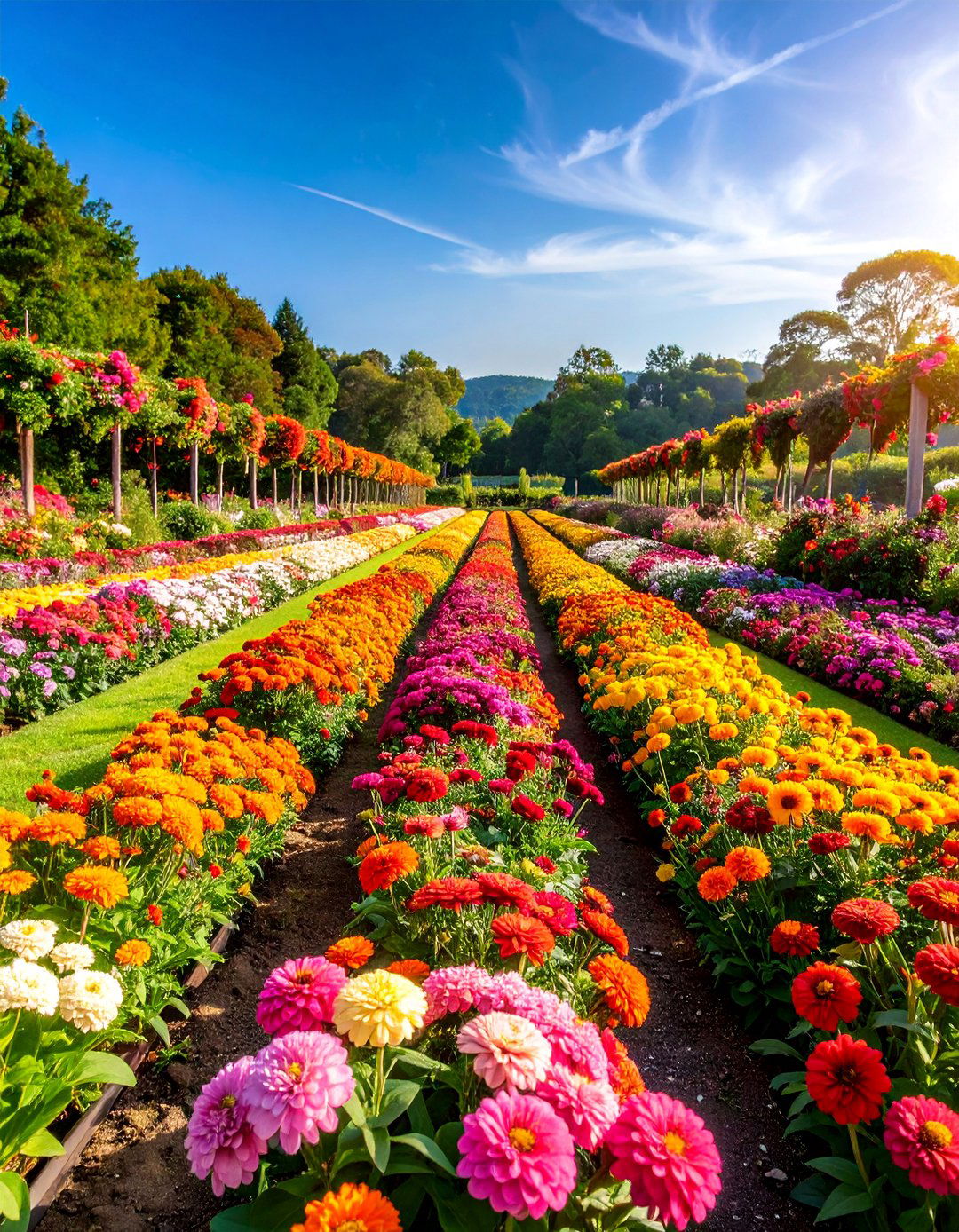
Establish a dedicated growing area focused on producing beautiful blooms for indoor arrangements, seasonal decorations, and special occasions throughout the growing season. This productive garden combines annual and perennial flowers chosen specifically for their cutting qualities, including long stems, good vase life, and attractive forms. Plant selection includes zinnias, cosmos, sunflowers, dahlias, and sweet peas arranged in rows for easy harvesting access. Succession planting ensures continuous blooms while companion plants attract beneficial insects that improve overall garden health. The design incorporates tool storage, drying areas, and workspace for flower preparation. This functional approach provides endless supplies of fresh flowers while creating beautiful garden displays that change with seasons and personal preferences.
10. Rock and Gravel Garden
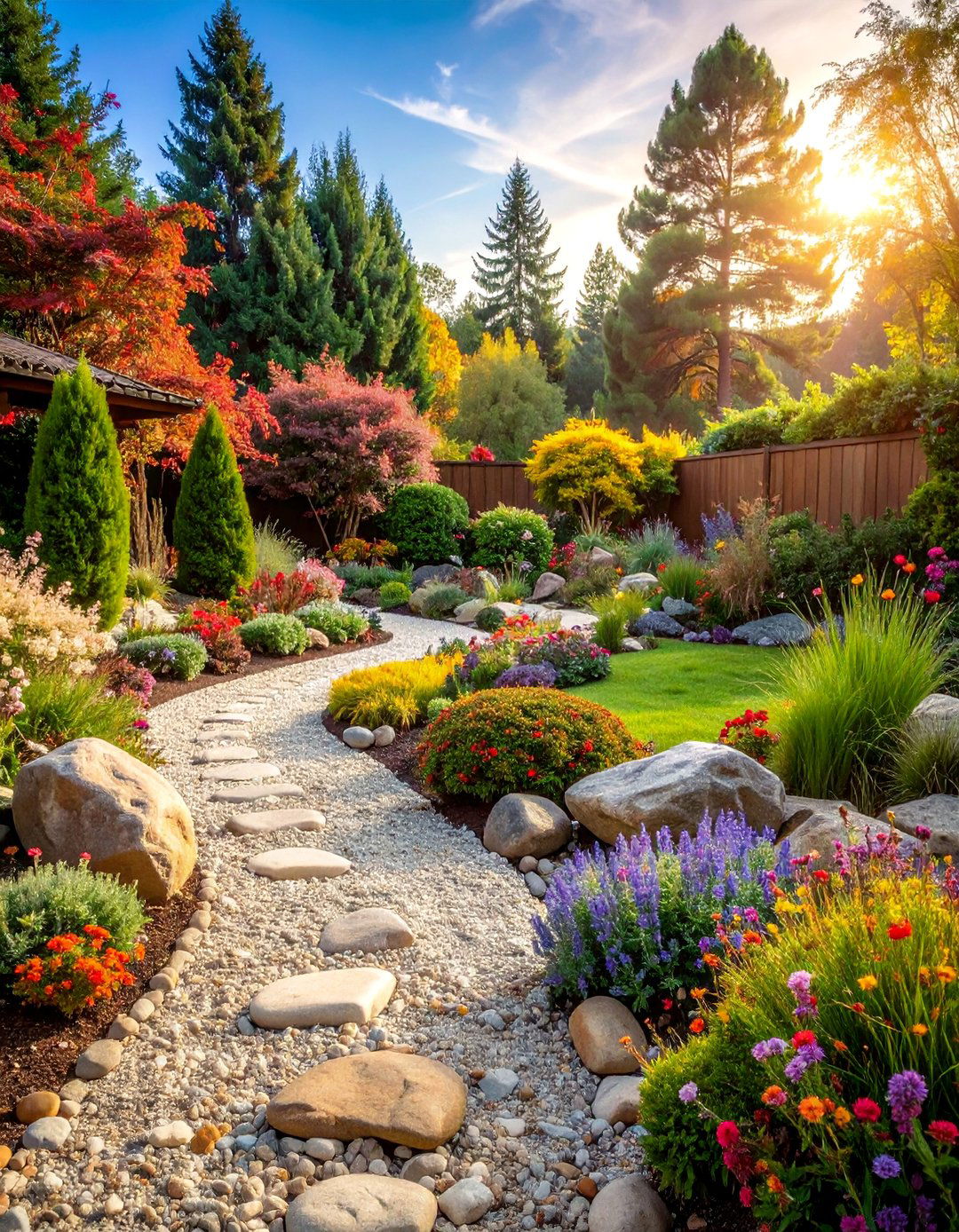
Create a low-maintenance landscape using natural stone elements, drought-tolerant plants, and decorative gravels that provide year-round structure and interesting textures. This water-wise design emphasizes plant forms, foliage colors, and seasonal changes rather than relying on abundant blooms for visual impact. Alpine plants, succulents, ornamental grasses, and Mediterranean herbs thrive in the excellent drainage provided by gravel mulches and rocky soils. The naturalistic arrangement mimics mountain landscapes while providing habitat for beneficial insects and small wildlife. Stone pathways, boulder groupings, and raised planting areas create topographical interest that guides movement through the space. This sustainable approach requires minimal irrigation once established while offering unique beauty that evolves throughout seasons and years.
11. Formal Symmetrical Garden
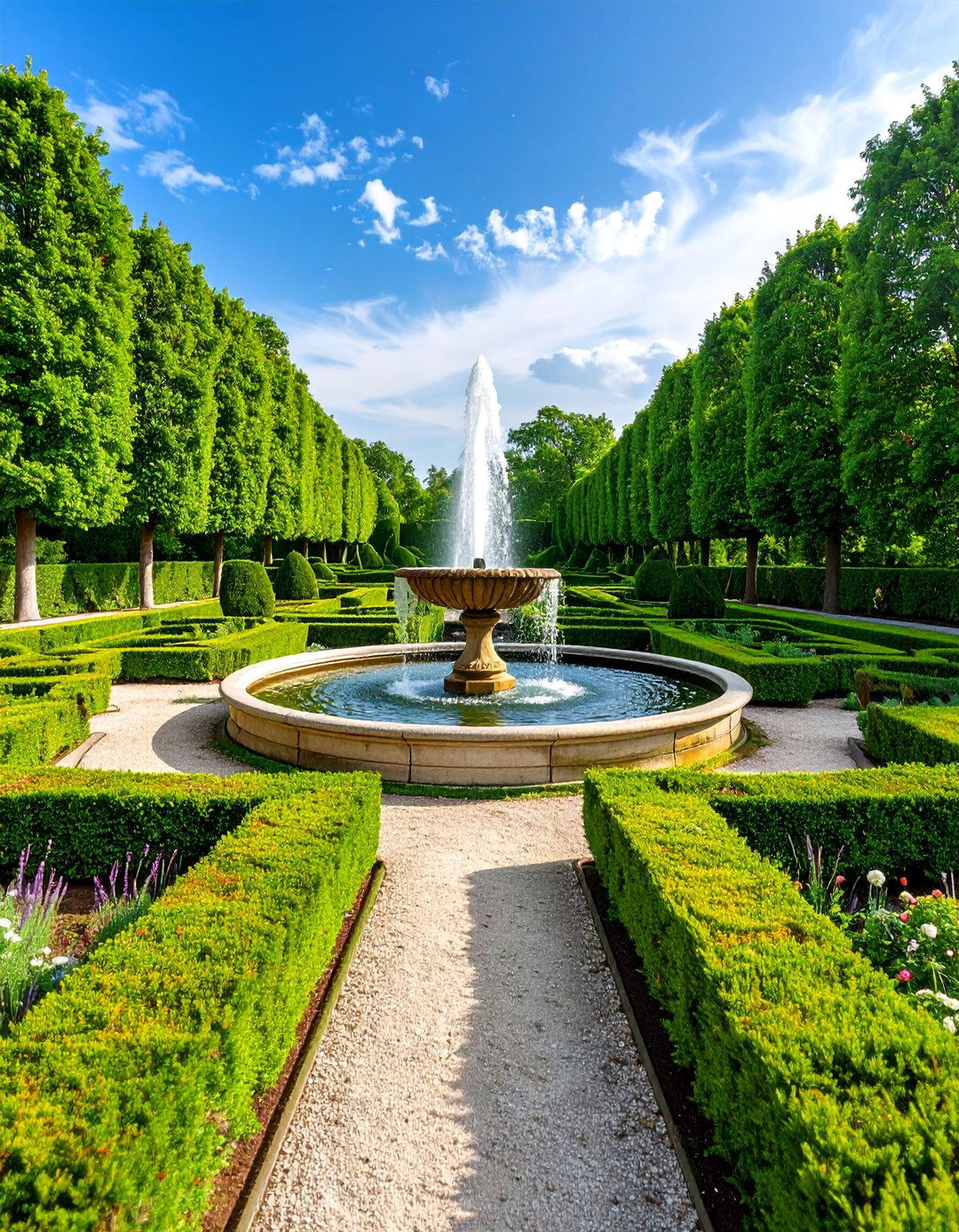
Design an elegant outdoor space based on classical principles of balance, symmetry, and geometric patterns that create timeless beauty and sophisticated atmosphere. This structured style features matched plantings, clipped hedges, and precisely maintained topiaries arranged around central focal points like fountains or sculptures. Plant selection emphasizes form and texture over seasonal color, using boxwood, yew, and other evergreens to maintain structure year-round. Wide pathways, formal borders, and clearly defined garden rooms create orderly progression through the space. Regular maintenance keeps lines sharp and plants properly shaped, requiring dedication to preserve the intended aesthetic. This traditional approach works well with classical architecture while providing peaceful, contemplative spaces that showcase horticultural skill and design sophistication.
12. Container Garden Oasis
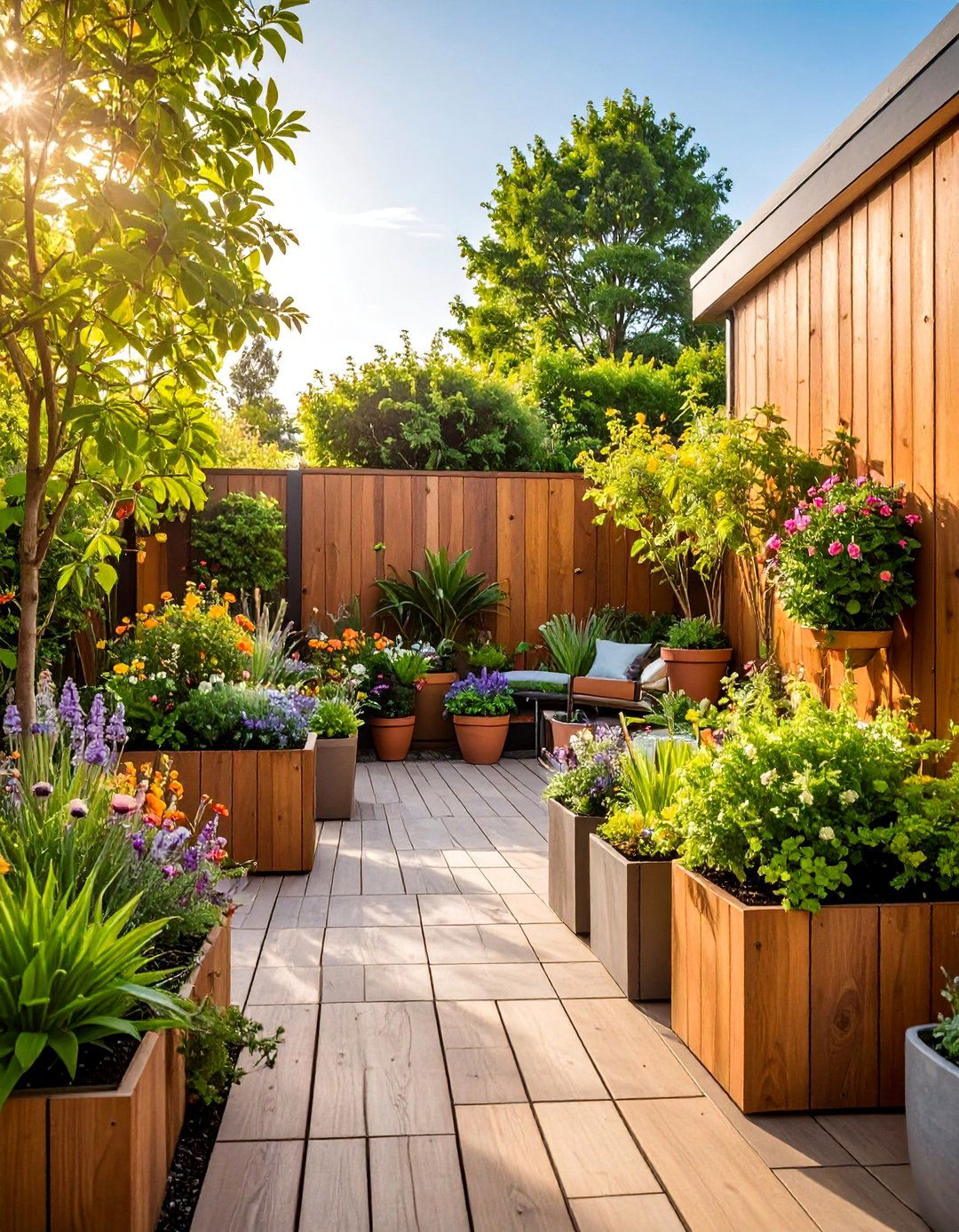
Transform patios, decks, and small spaces into productive growing areas using portable planters that offer flexibility, seasonal interest, and easy maintenance solutions. This adaptable approach allows gardeners to control soil conditions, move plants as needed, and experiment with different combinations throughout the year. Container selection ranges from traditional terracotta to modern architectural planters, each offering unique aesthetic contributions to the overall design. Plant combinations can include vegetables, herbs, flowers, and small shrubs arranged in groupings that create visual impact while meeting practical needs. Seasonal plantings provide changing displays that keep containers interesting year-round. This versatile gardening method works in any climate and space size while providing opportunities for creative expression and productive growing.
13. Wildlife Habitat Garden
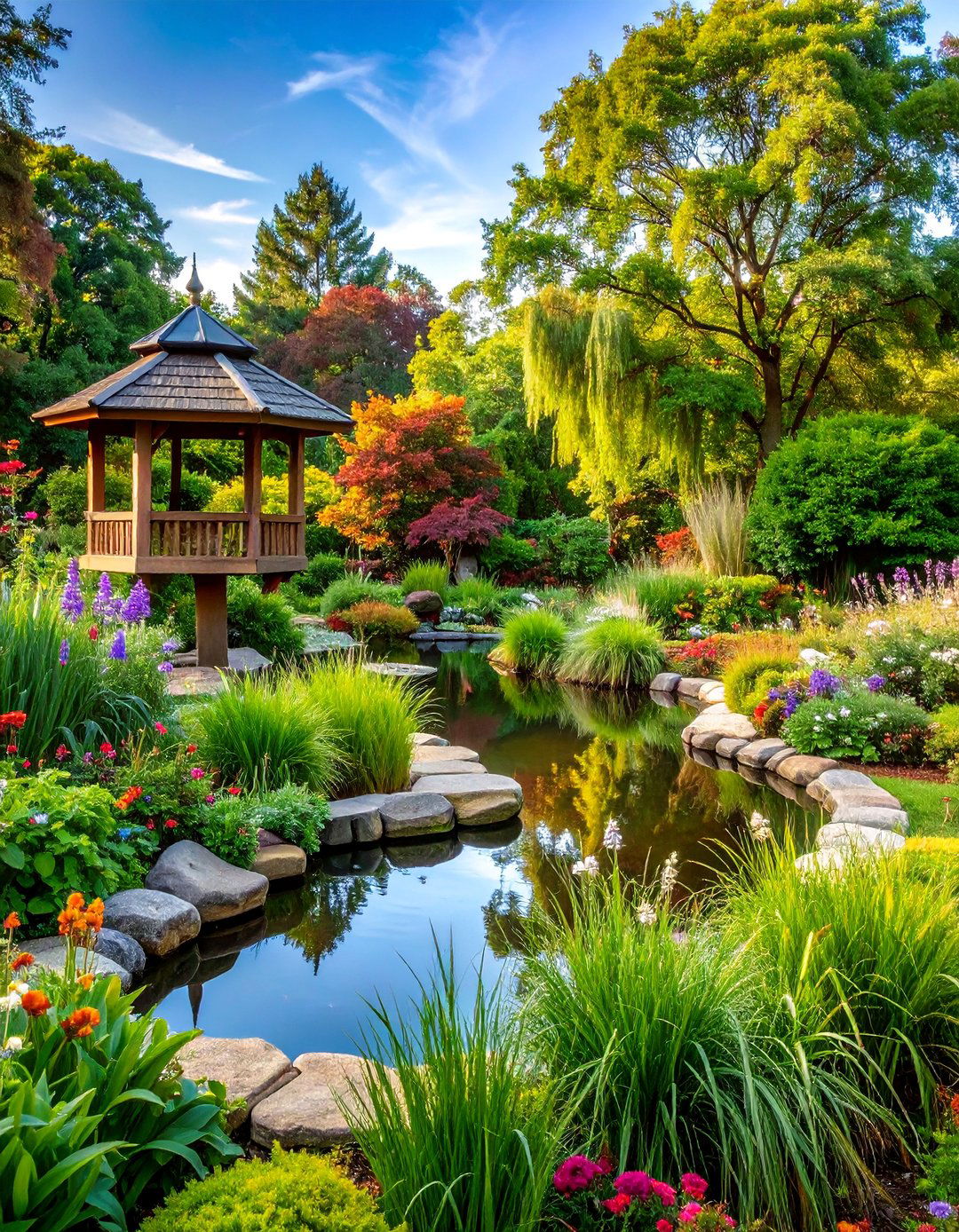
Create a thriving ecosystem that supports birds, butterflies, beneficial insects, and small mammals through strategic plant selection and habitat features that meet wildlife needs. This nature-focused design incorporates native plants that provide food sources throughout different seasons, including berry-producing shrubs, seed-bearing perennials, and nectar-rich flowers. Water features, brush piles, and undisturbed areas offer shelter and nesting sites for various species. The naturalistic planting style mimics local ecosystems while avoiding pesticides and chemicals that harm wildlife populations. Observation areas and pathways allow enjoyment of wildlife activity without disturbing natural behaviors. This environmentally conscious approach creates beautiful gardens that contribute to conservation efforts while providing endless opportunities for nature study and appreciation.
14. Herb and Aromatherapy Garden
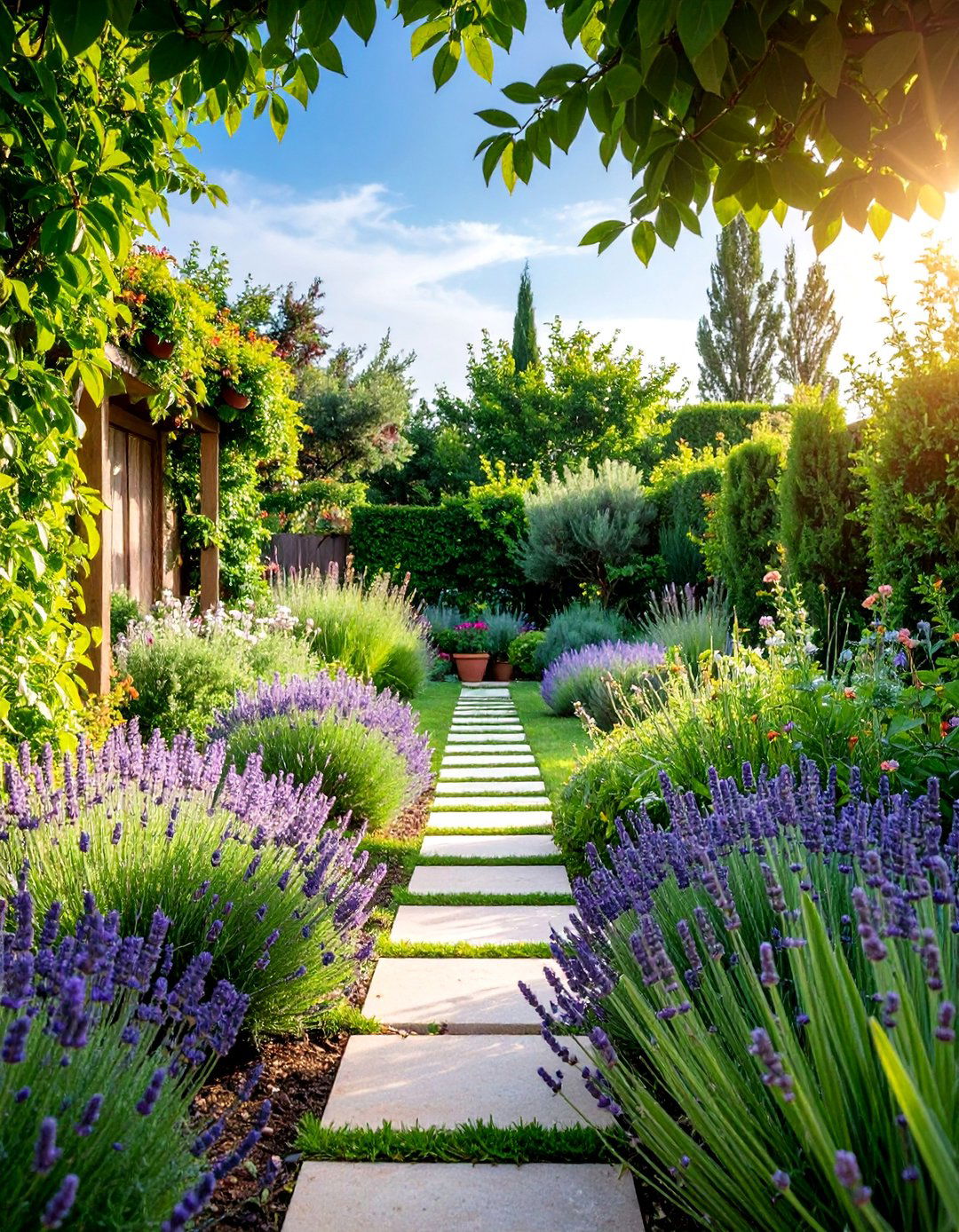
Design a sensory-rich garden focused on growing culinary and medicinal herbs that provide fresh ingredients, natural remedies, and therapeutic fragrances for daily life. This functional garden combines practical growing areas with attractive design elements that showcase the beauty of herb plants throughout their growing cycles. Traditional herbs like basil, rosemary, thyme, and lavender mix with less common varieties to create diverse flavor profiles and aromatic experiences. Pathways wind through planted areas to encourage interaction with plants while built-in seating areas provide spaces for harvesting and relaxation. The design incorporates drying areas, storage solutions, and workspace for processing herbs. This health-focused approach connects gardeners with traditional plant uses while providing fresh, organic ingredients for cooking and natural health practices.
15. Shade Garden Retreat
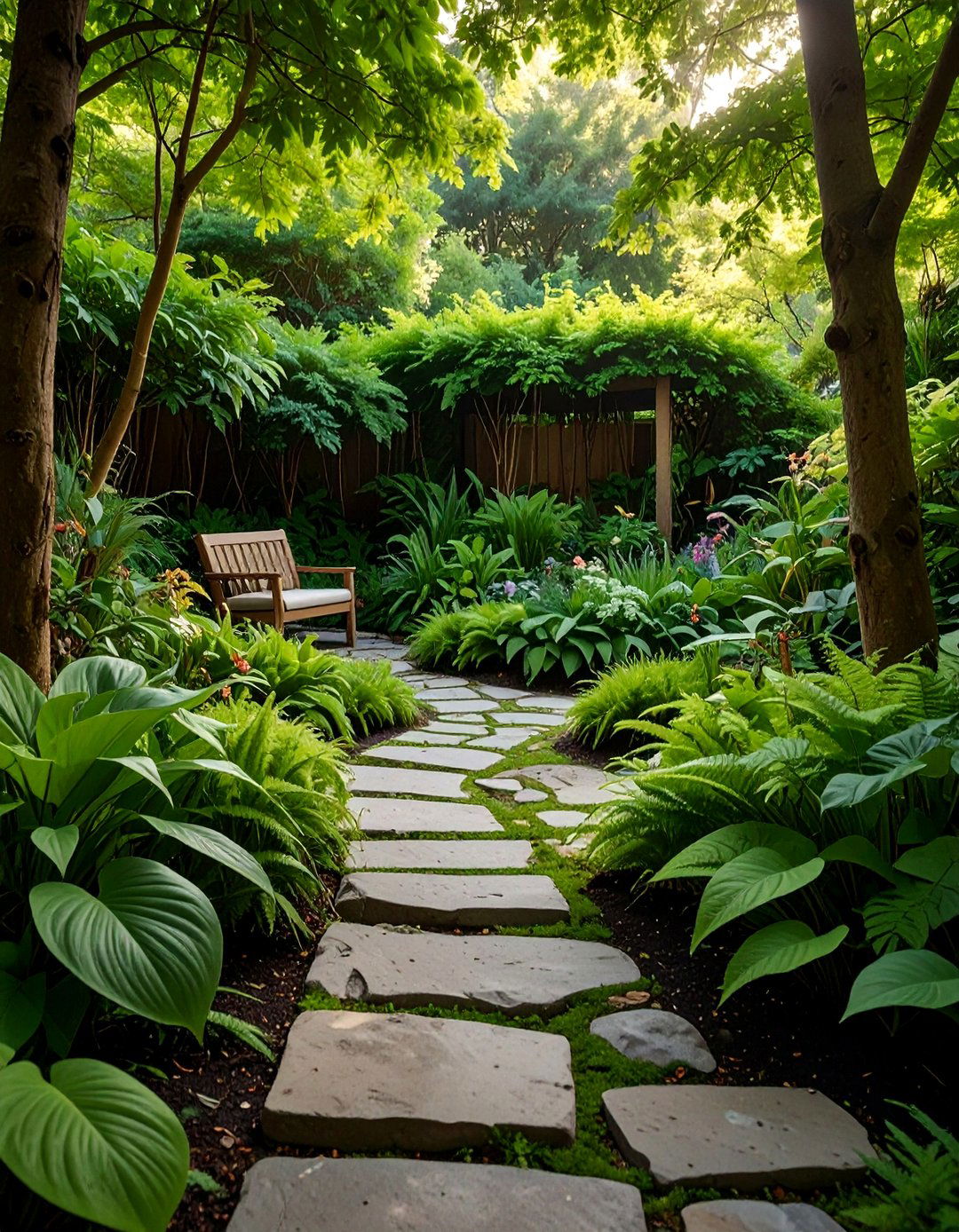
Transform dark or partially shaded areas into lush, tranquil spaces using plants selected specifically for their ability to thrive in low-light conditions. This specialized garden style emphasizes foliage textures, forms, and colors rather than relying primarily on flowering displays for visual interest. Plant selection includes hostas, ferns, astilbe, and shade-loving perennials arranged to create layered compositions that provide year-round structure. The cool, peaceful atmosphere makes these gardens perfect for quiet contemplation and relaxation during hot summer months. Water features, natural stone elements, and organic pathways enhance the woodland feel while comfortable seating areas invite extended enjoyment. This valuable approach makes use of challenging growing conditions while creating beautiful spaces that offer respite from sunny gardens.
16. Rain Garden for Water Management
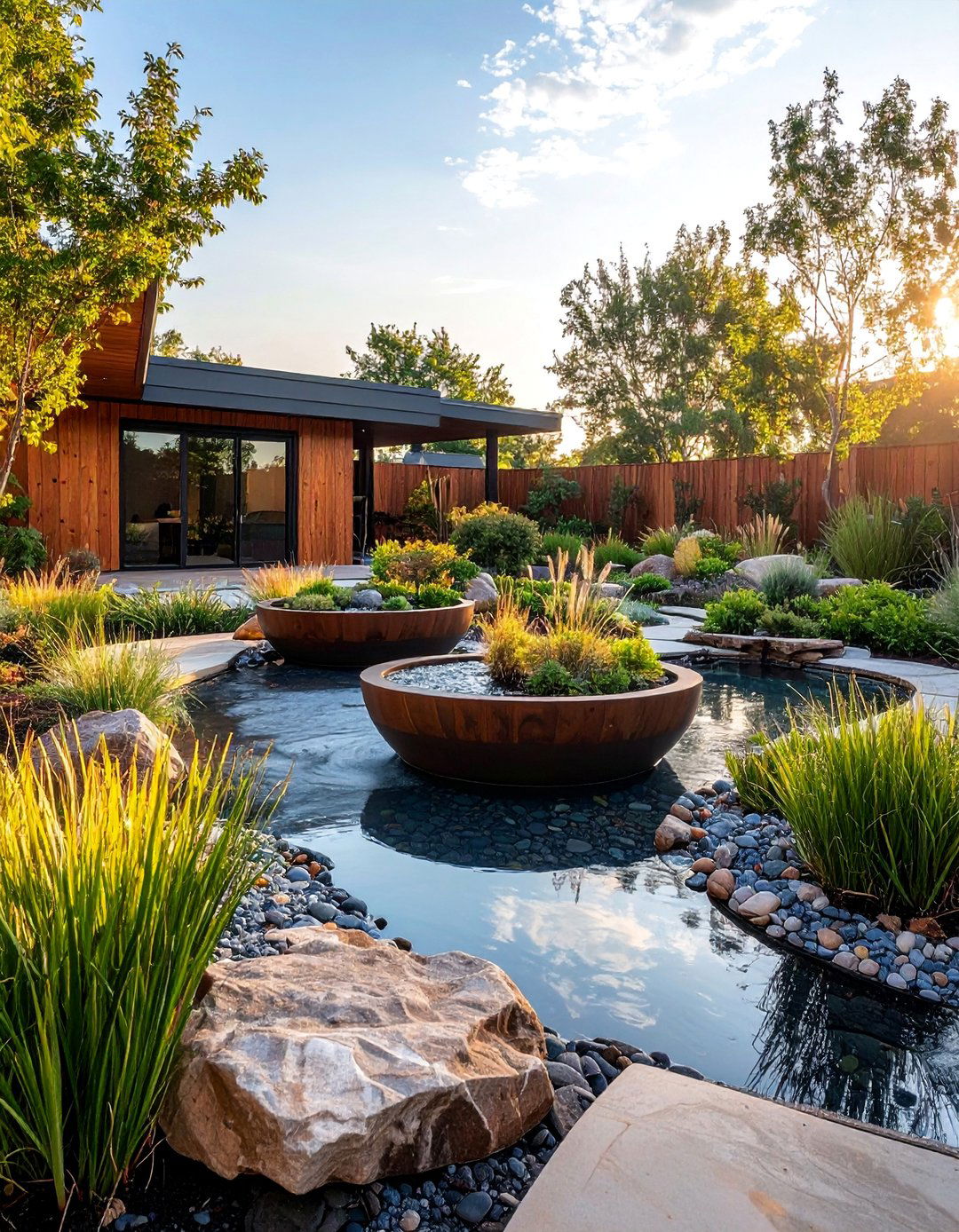
Create a environmentally beneficial garden designed to capture, filter, and absorb stormwater runoff while preventing erosion and reducing flooding in surrounding areas. This sustainable design uses native plants with deep root systems that can handle both wet and dry conditions throughout different seasons. The bowl-shaped garden naturally collects water from roofs, driveways, and surrounding landscapes, allowing it to slowly infiltrate into groundwater rather than overwhelming storm systems. Plant selection includes wetland species, rain-tolerant perennials, and grasses that provide habitat while filtering pollutants from runoff water. Decorative elements like river rock and natural stone enhance aesthetic appeal while serving functional purposes. This climate-smart approach addresses environmental challenges while creating attractive garden features that demonstrate responsible land stewardship.
17. Seasonal Four-Season Garden
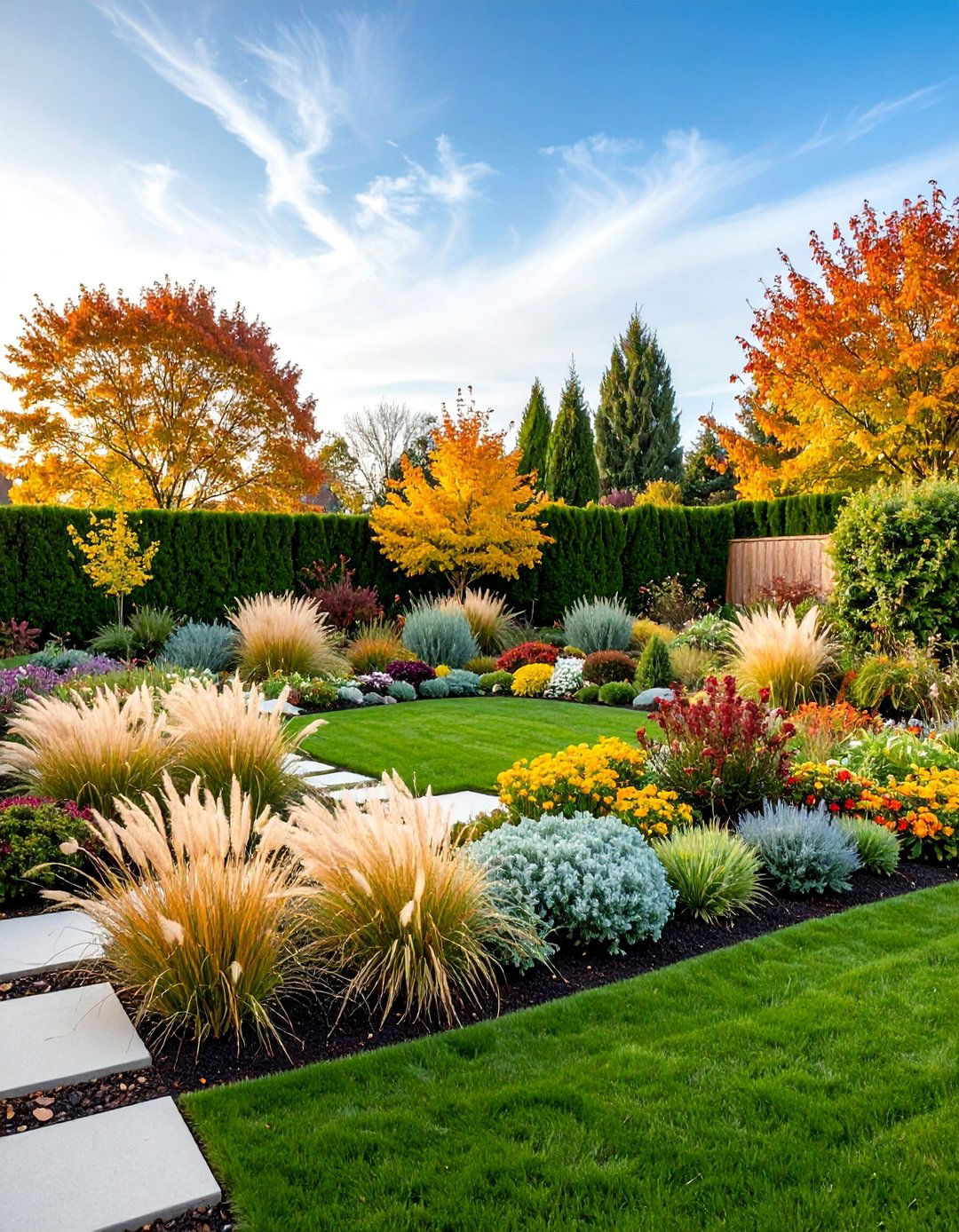
Design a dynamic landscape that provides visual interest, structure, and beauty throughout all seasons using plants selected for their changing characteristics and winter appeal. This thoughtful approach combines evergreen plants for year-round structure with deciduous varieties that offer spring flowers, summer foliage, fall colors, and interesting winter forms. Ornamental grasses, flowering shrubs, and perennials with attractive seed heads extend visual interest into winter months while providing food for wildlife. The design considers sight lines from indoor spaces to ensure garden views remain attractive during months when outdoor activities are limited. Seasonal containers, decorative elements, and lighting features enhance winter interest while spring bulbs provide early season color. This comprehensive approach creates gardens that remain engaging and beautiful regardless of weather or season.
18. Edible Landscape Garden
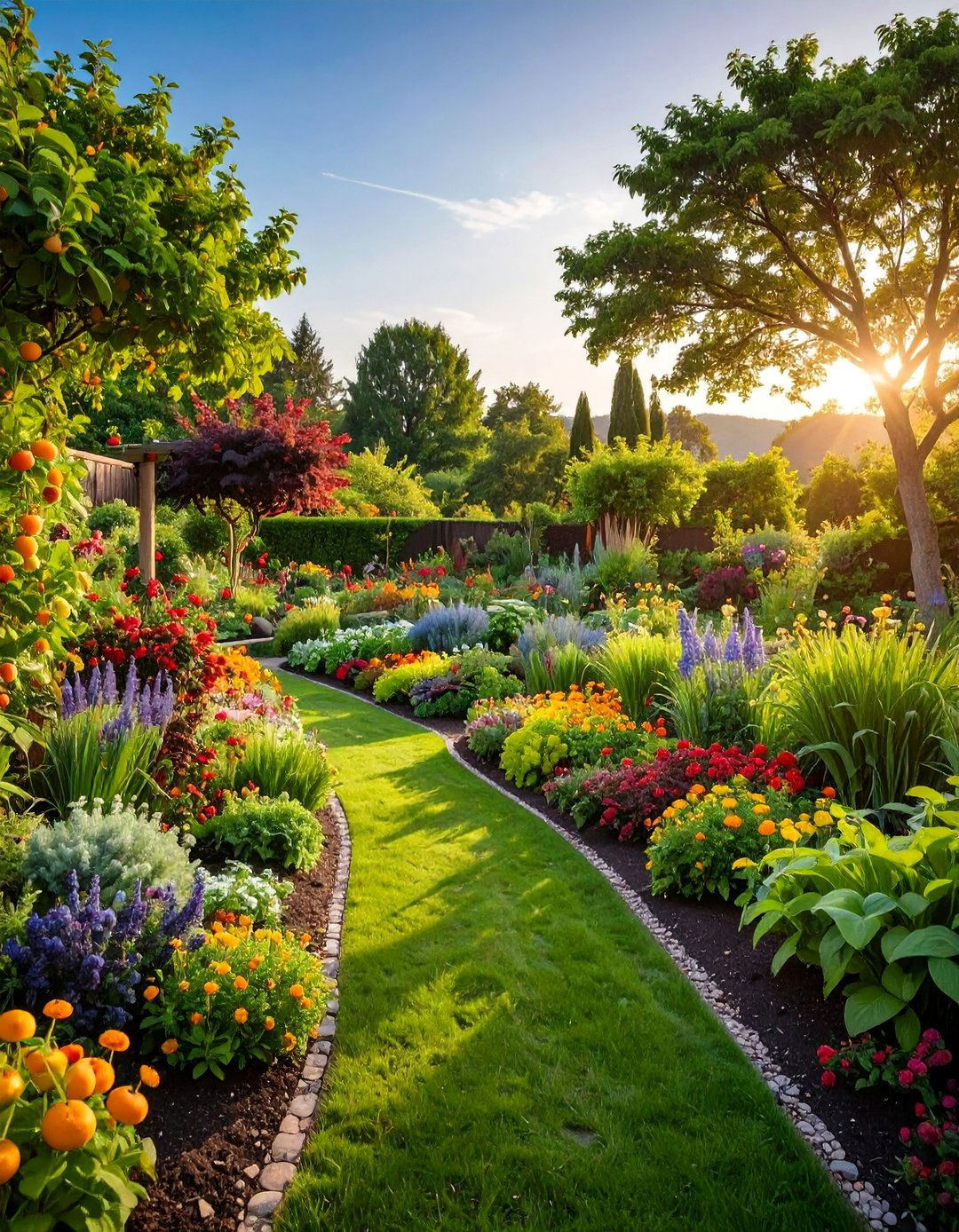
Integrate food production into ornamental garden design by selecting attractive edible plants that provide both aesthetic beauty and practical harvests throughout the growing season. This approach combines fruit trees, berry bushes, vegetable plants, and edible flowers in visually appealing arrangements that challenge traditional separation between ornamental and productive gardens. Design elements include espalier fruit trees, colorful vegetable varieties, and herb borders that create attractive patterns while maximizing food production in available space. Pathways, seating areas, and decorative structures support both maintenance activities and garden enjoyment. This sustainable approach reduces food costs, provides fresh organic produce, and demonstrates how productive gardens can enhance rather than detract from landscape beauty while teaching valuable skills about food production and self-sufficiency.
19. Fire-Resistant Defensive Garden
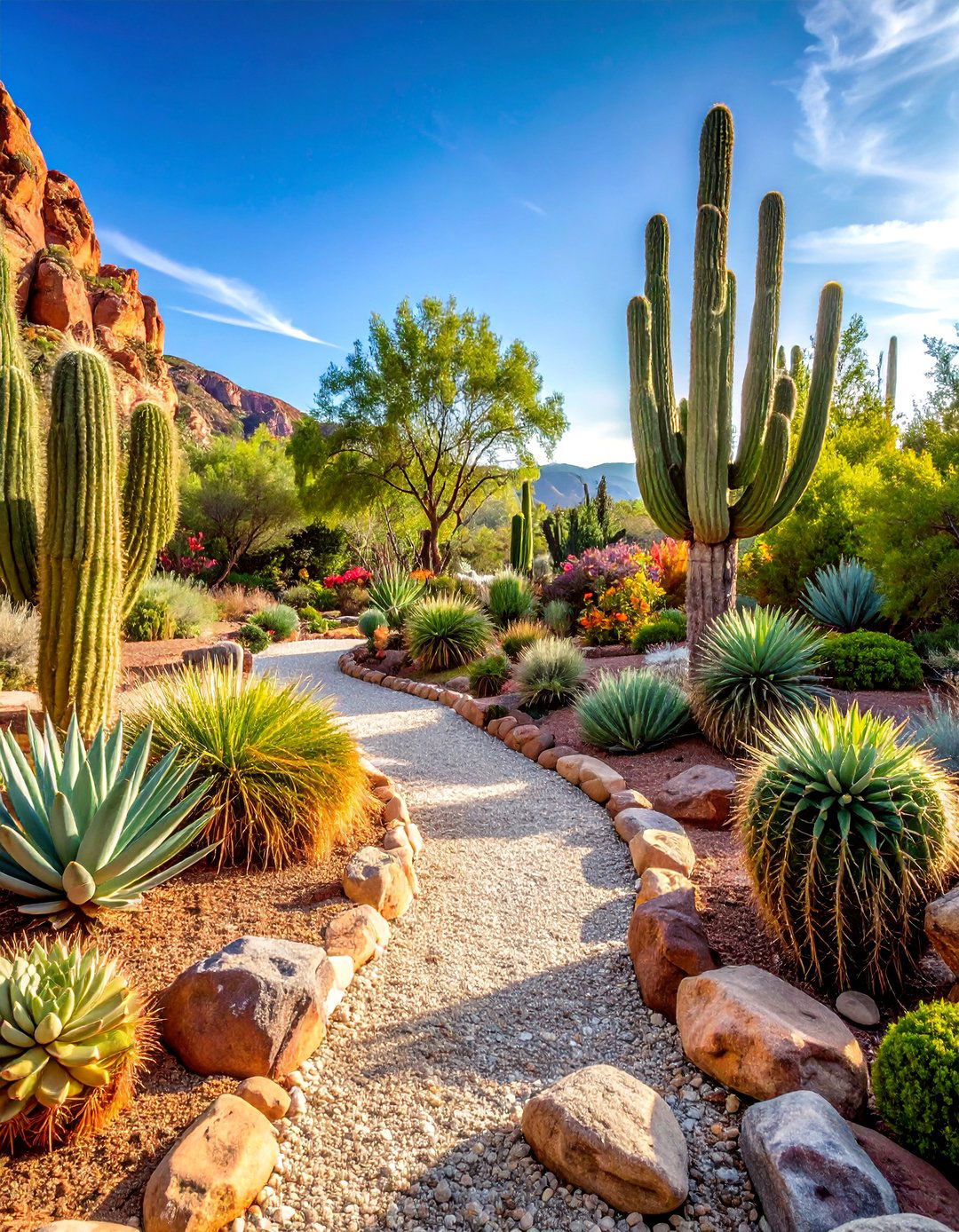
Create a landscape that reduces fire risk around homes and structures while maintaining attractive design through strategic plant selection and placement that considers wildfire safety. This protective approach uses fire-resistant plants with high moisture content, low resin production, and minimal dead material accumulation. Design elements include defensible space zones, firebreaks created with hardscaping materials, and irrigation systems that maintain plant health during dry conditions. Plant selection emphasizes native species adapted to local fire cycles while avoiding highly flammable varieties near structures. Maintenance practices include regular debris removal, proper pruning techniques, and strategic fuel reduction activities. This responsible approach provides beautiful landscapes while protecting property and lives in fire-prone areas, demonstrating how thoughtful design can address safety concerns without sacrificing aesthetic appeal.
20. Moon Garden for Evening Enjoyment
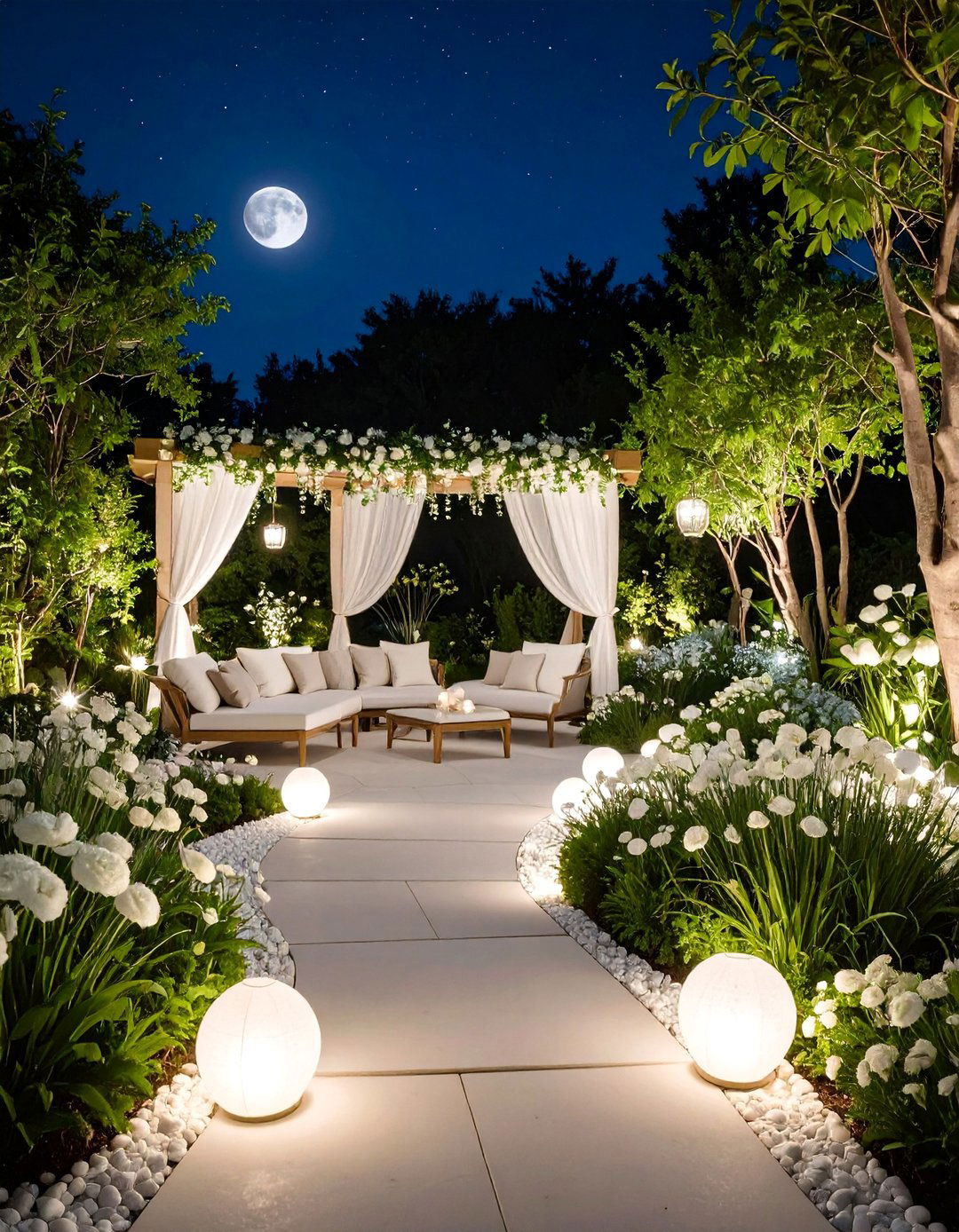
Design a magical nighttime garden featuring white and pale-colored flowers, silvery foliage, and fragrant plants that create enchanting experiences during evening hours. This specialized garden incorporates night-blooming flowers like evening primrose, four o'clocks, and moonflowers that open as daylight fades, providing nectar for moths and other nocturnal pollinators. Reflective plant materials including lamb's ear, dusty miller, and white-variegated hostas catch and reflect moonlight and artificial lighting to create luminous effects. Fragrant plants like night-blooming jasmine, sweet alyssum, and nicotiana release their strongest scents during cool evening hours. Comfortable seating areas, subtle lighting, and pathways encourage nighttime garden exploration while water features add gentle sounds that enhance the peaceful atmosphere. This unique approach extends garden enjoyment into evening hours.
21. Contemporary Outdoor Living Room
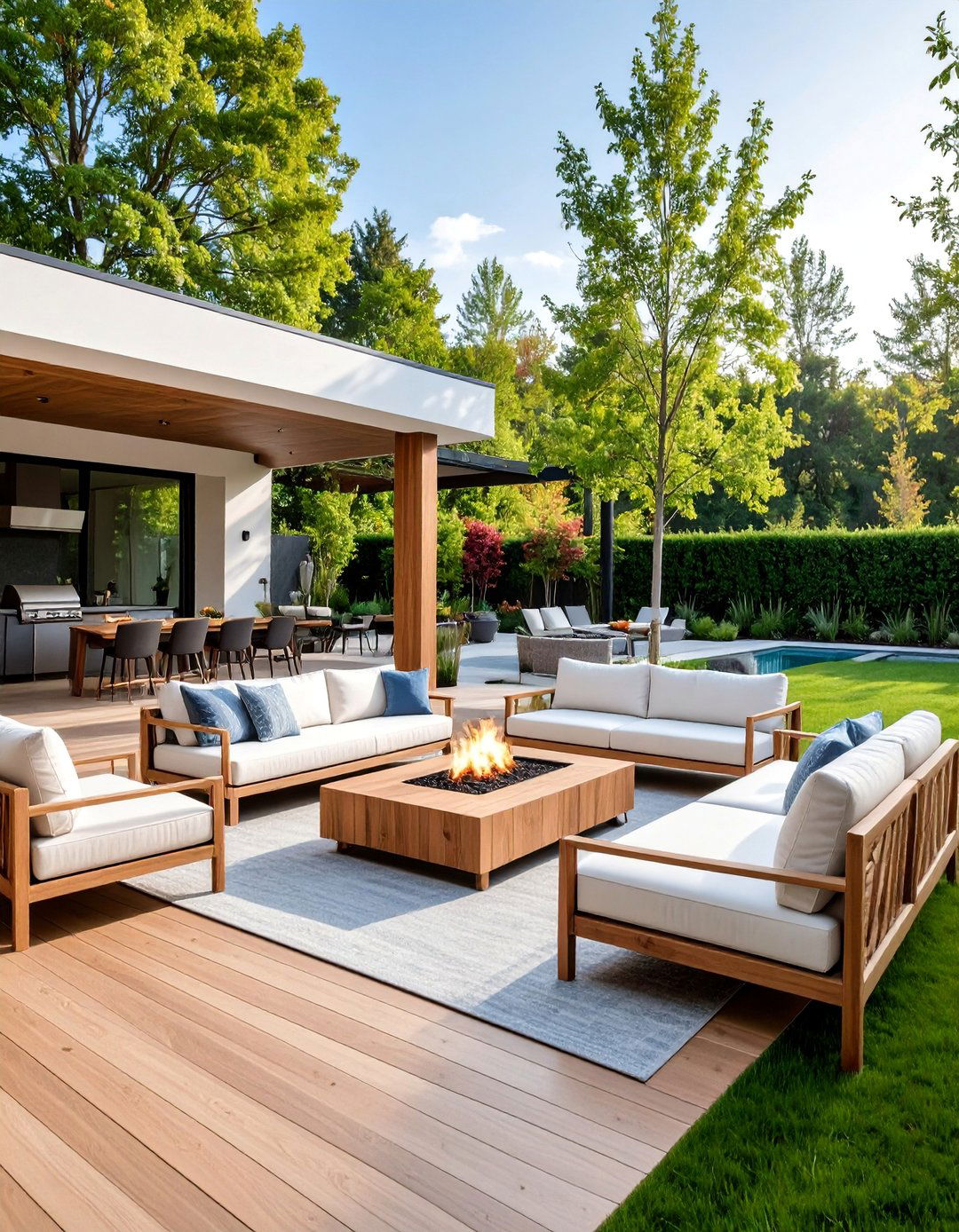
Create seamless indoor-outdoor living spaces that extend home functionality into garden areas using modern design principles and weather-resistant furnishings. This lifestyle-focused approach incorporates outdoor kitchens, dining areas, comfortable seating zones, and entertainment features that encourage year-round outdoor living. Plant selection provides privacy screening, seasonal interest, and attractive backdrops for outdoor activities while requiring minimal maintenance. Built-in features include fire pits, water elements, storage solutions, and lighting systems that support various activities and extend usability into evening hours. Materials emphasize durability, weather resistance, and contemporary aesthetics that complement modern architecture. This functional design transforms gardens from decorative spaces into essential living areas that increase property value while providing healthy connections to nature and opportunities for outdoor entertaining and relaxation.
22. Cottage Industry Garden
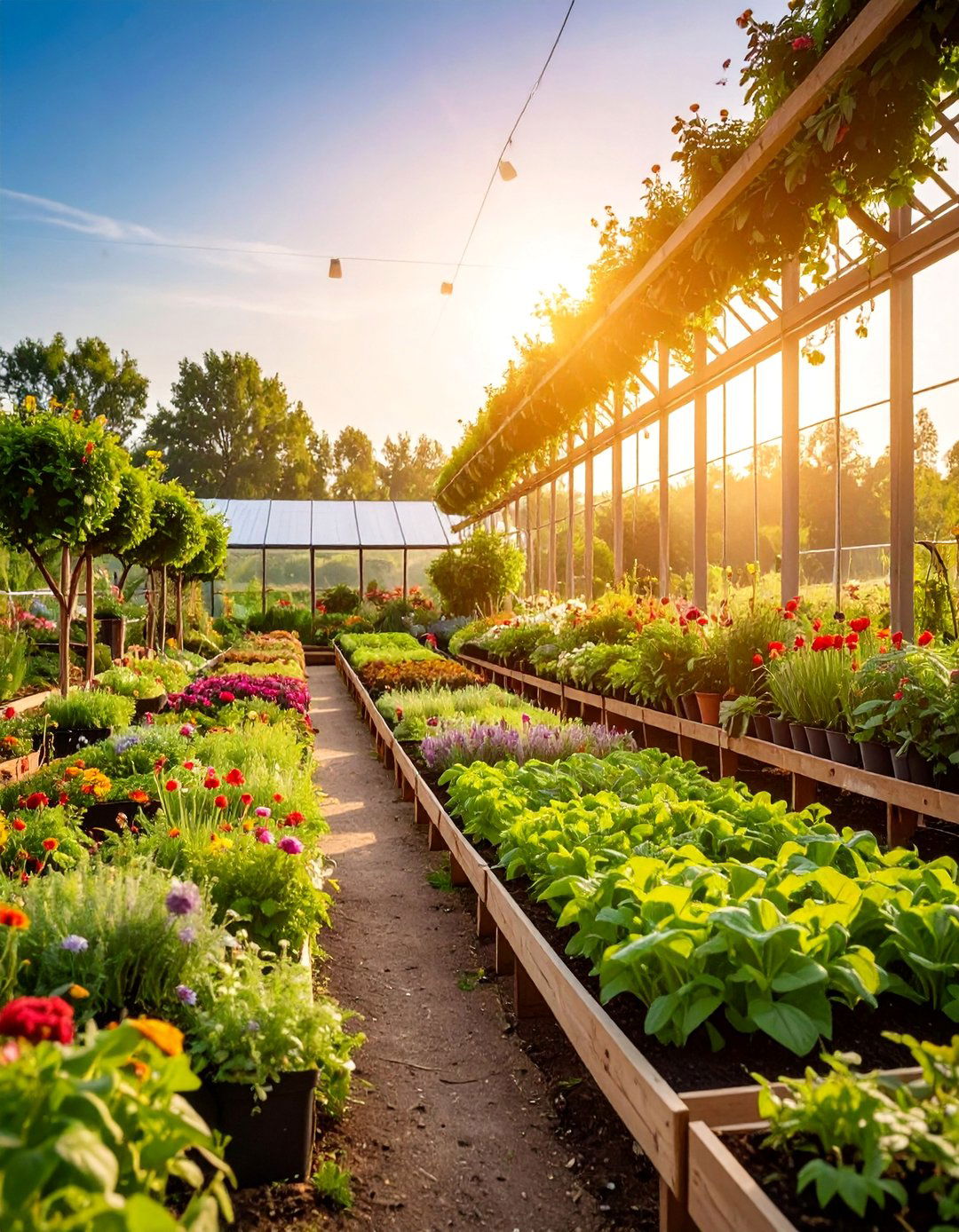
Establish a productive garden designed to support small-scale business ventures like cut flower sales, herb production, or specialty vegetable growing while maintaining residential aesthetic appeal. This entrepreneurial approach combines commercial growing techniques with attractive garden design elements that satisfy both productive and visual requirements. Plant selection focuses on high-value crops with good market demand while incorporating companion plants that support overall garden health. Infrastructure includes efficient irrigation systems, harvesting equipment storage, processing areas, and customer-friendly pathways for direct sales activities. The design balances productivity with neighborhood compatibility while providing opportunities for supplemental income generation. This innovative approach demonstrates how home gardens can contribute to local food systems and small business development while creating beautiful, functional landscapes that benefit both gardeners and communities.
23. Therapeutic Healing Garden
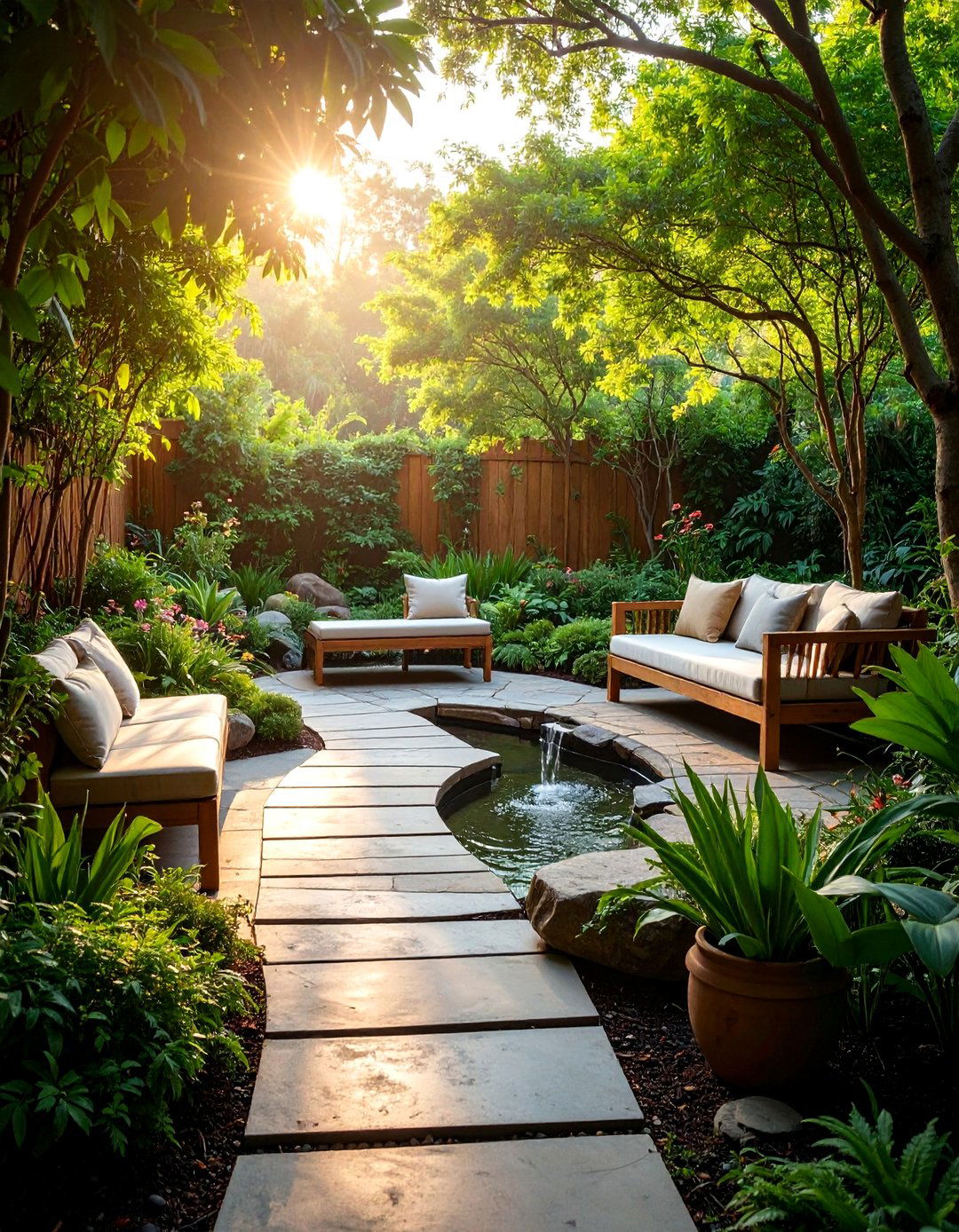
Design a restorative outdoor space specifically intended to promote physical, mental, and emotional well-being through therapeutic plant interactions and peaceful environments. This health-focused approach incorporates sensory plants with various textures, fragrances, and visual qualities that stimulate healing responses and reduce stress levels. Design elements include accessible pathways, comfortable seating areas positioned for optimal views, and interactive features that encourage gentle physical activity and mental engagement. Plant selection emphasizes non-toxic varieties with therapeutic properties, seasonal interest, and low maintenance requirements suitable for various physical abilities. Water features, wind chimes, and natural materials create calming atmospheres while organized growing areas provide opportunities for horticultural therapy activities. This specialized approach demonstrates how gardens can actively contribute to health and wellness while providing beautiful, meaningful spaces for recovery and rejuvenation.
24. Climate-Adaptive Resilient Garden
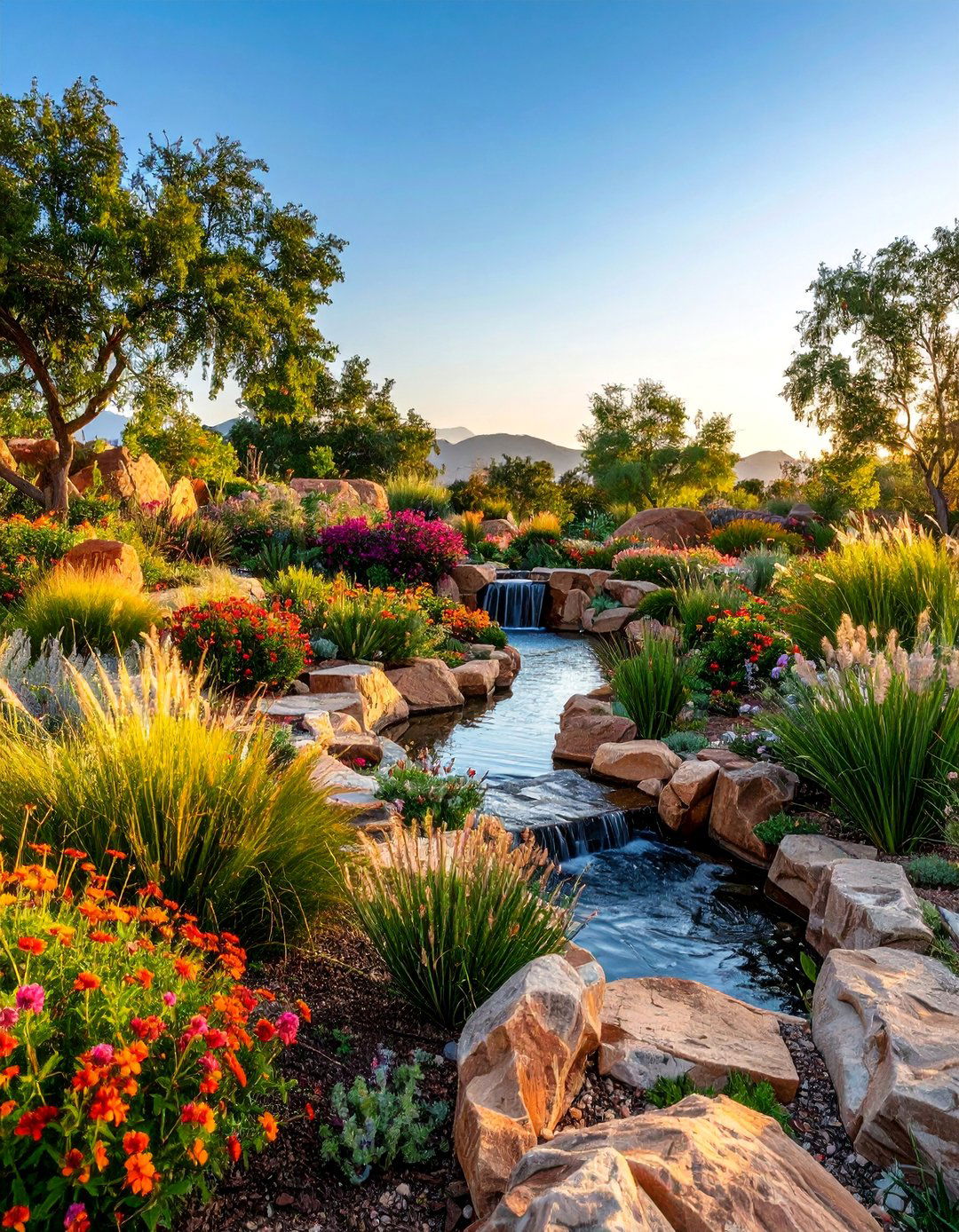
Create a forward-thinking landscape designed to withstand changing weather patterns, extreme conditions, and uncertain climate futures while maintaining beauty and functionality. This sustainable approach emphasizes drought-tolerant plants, efficient water management systems, and flexible design elements that can adapt to various environmental conditions. Plant selection includes native species, climate-appropriate varieties, and resilient cultivars that can handle temperature fluctuations, irregular precipitation, and extreme weather events. Infrastructure incorporates rainwater harvesting, permeable surfaces, wind-resistant structures, and energy-efficient systems that reduce environmental impact. The design considers long-term sustainability while providing immediate aesthetic appeal and practical benefits. This responsible approach addresses environmental challenges while creating gardens that remain beautiful and functional regardless of changing conditions, demonstrating how thoughtful planning can create lasting landscapes that support both human needs and environmental health.
25. Multi-Generational Family Garden
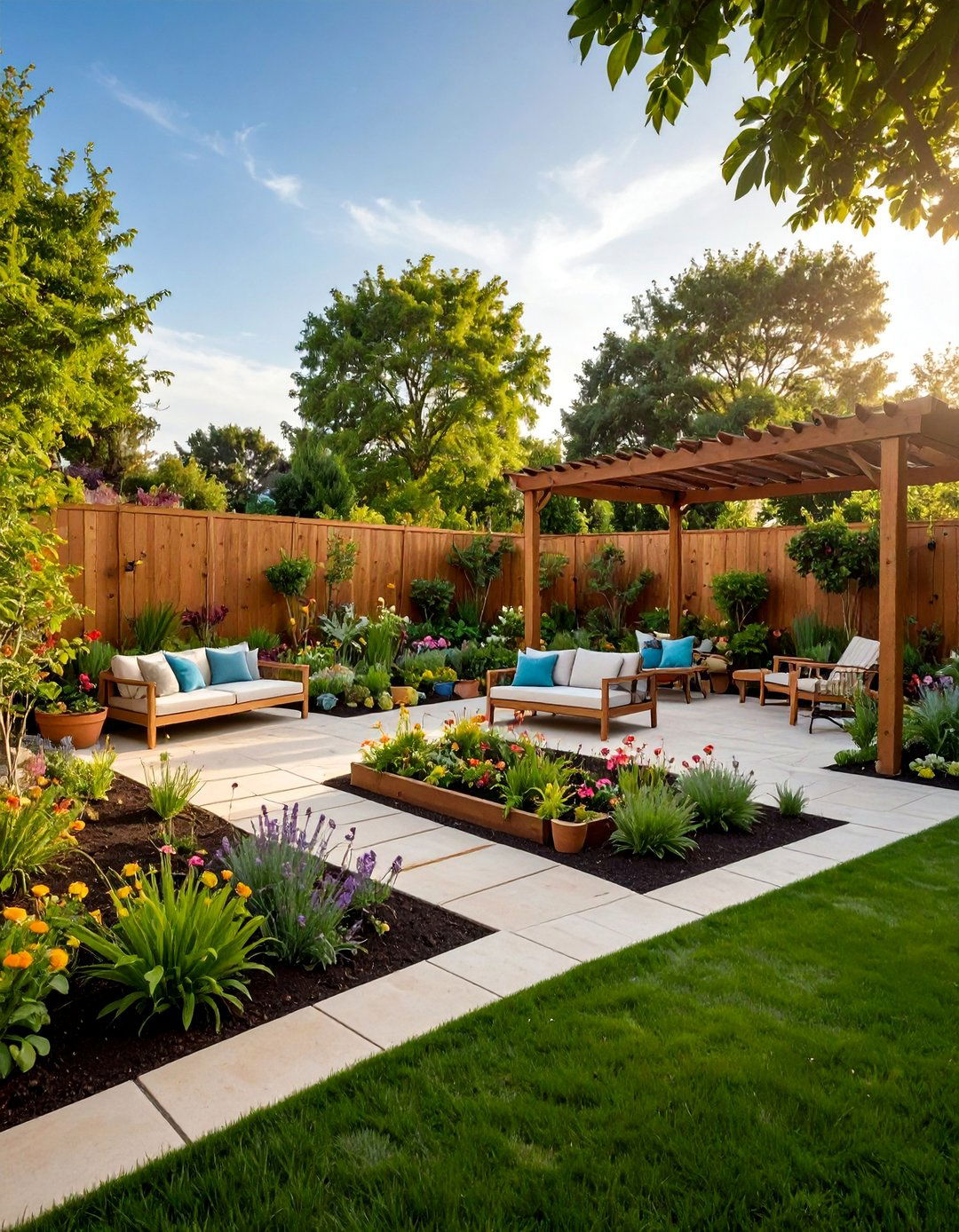
Design an inclusive outdoor space that meets the diverse needs, interests, and abilities of family members across different age groups and mobility levels throughout various life stages. This thoughtful approach incorporates play areas for children, productive growing spaces for adults, accessible features for elderly family members, and flexible zones that can adapt as family needs change over time. Plant selection includes safe varieties for children, productive crops for family use, and low-maintenance options that reduce long-term care requirements. Design elements feature multiple seating areas, varied pathway surfaces, raised beds for accessibility, and organized storage for tools and equipment. The comprehensive layout encourages family interaction while providing spaces for individual interests and activities. This inclusive approach creates lasting value by designing gardens that grow and adapt with families while providing opportunities for shared experiences, learning, and memory-making.
Conclusion:
These 25 garden design themes demonstrate the incredible diversity possible in modern landscape design, from sustainable solutions addressing climate challenges to therapeutic spaces promoting wellness and family connection. Each approach offers unique benefits while reflecting current trends toward environmental responsibility, functionality, and personal expression. Whether you're drawn to minimalist zen aesthetics, productive edible landscapes, or wildlife-supporting native gardens, the key to success lies in choosing designs that align with your lifestyle, climate, and maintenance preferences. By thoughtfully selecting and adapting these ideas to your specific situation, you can create outdoor spaces that provide lasting beauty, environmental benefits, and meaningful connections to nature while supporting your personal goals and values.



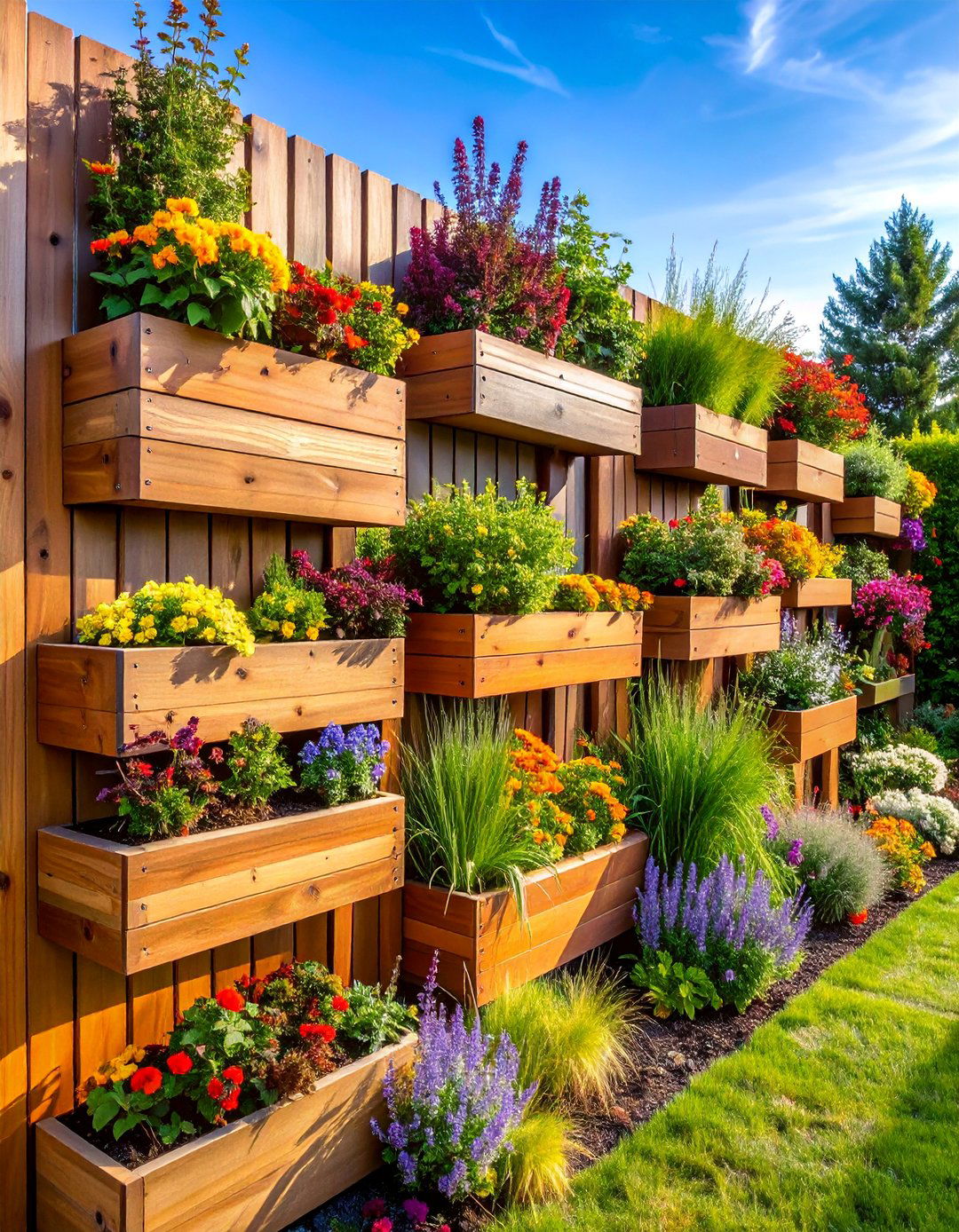

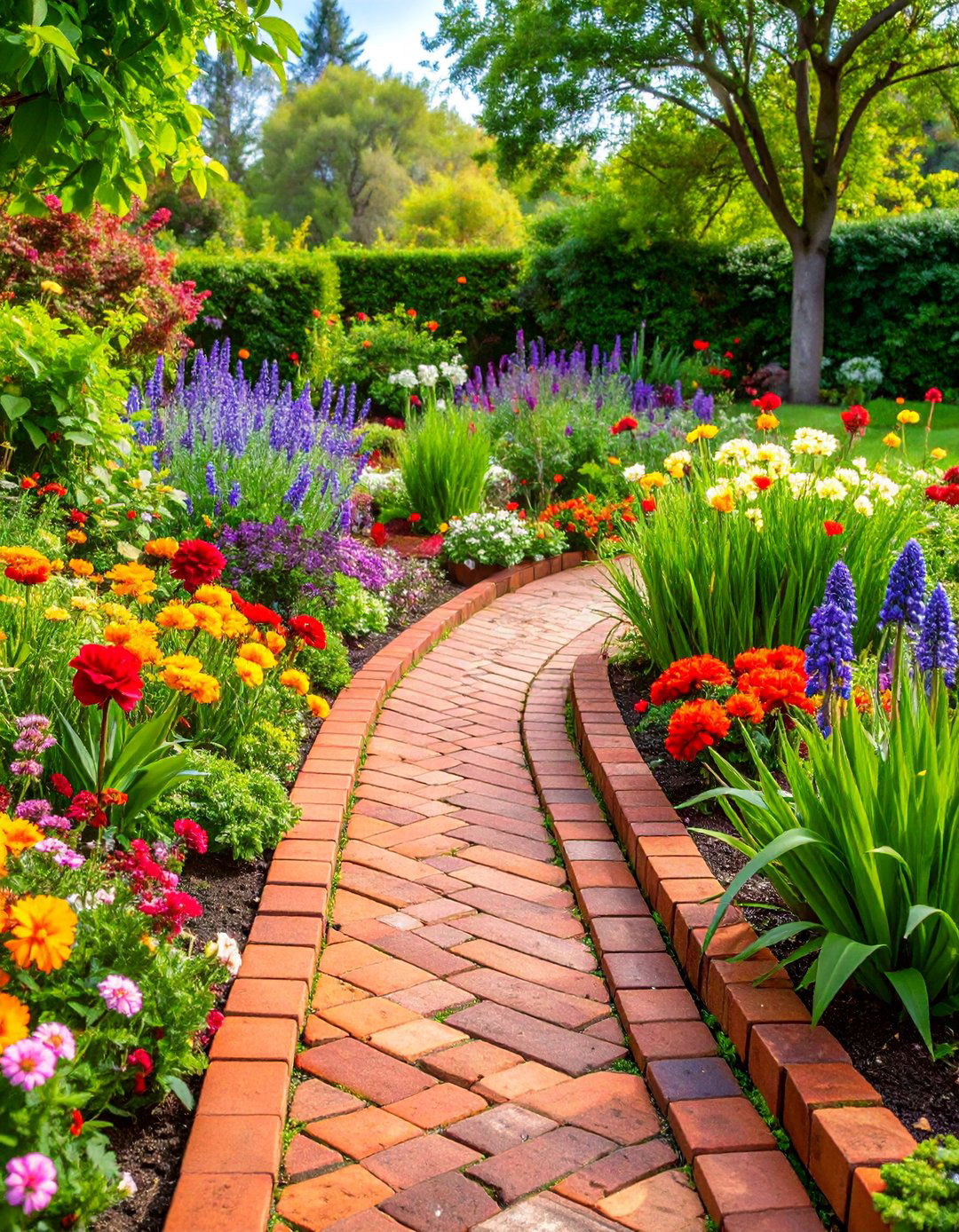
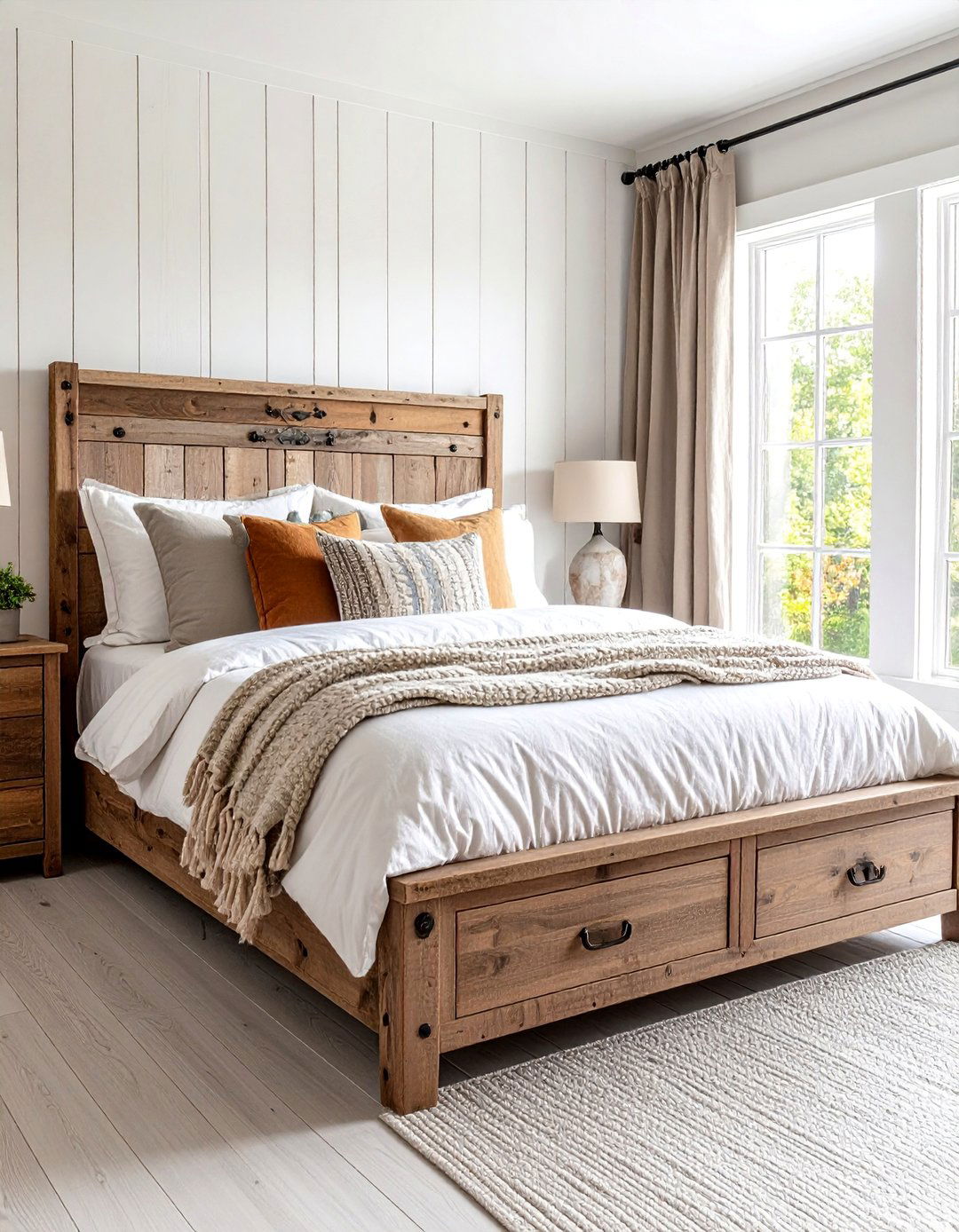
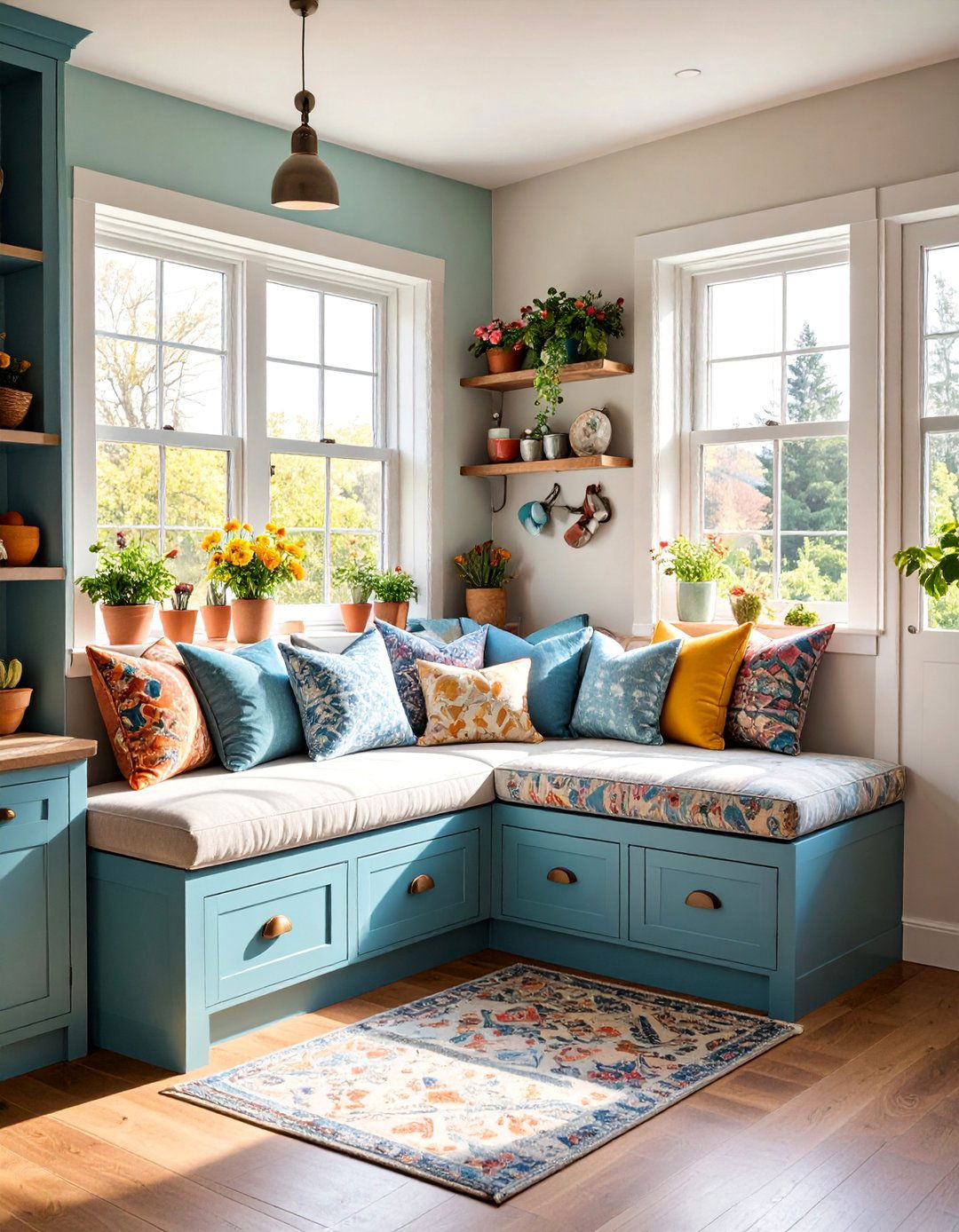

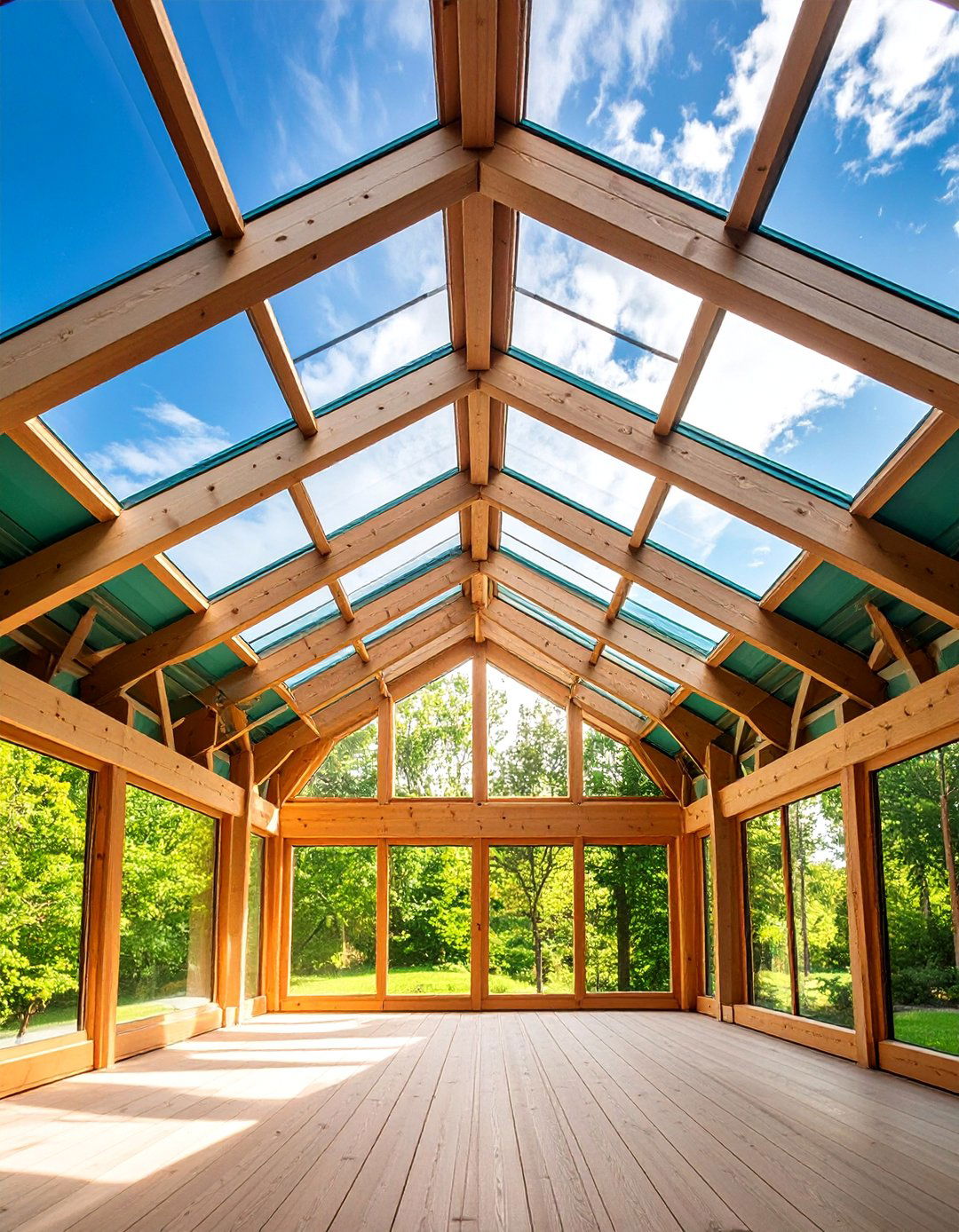
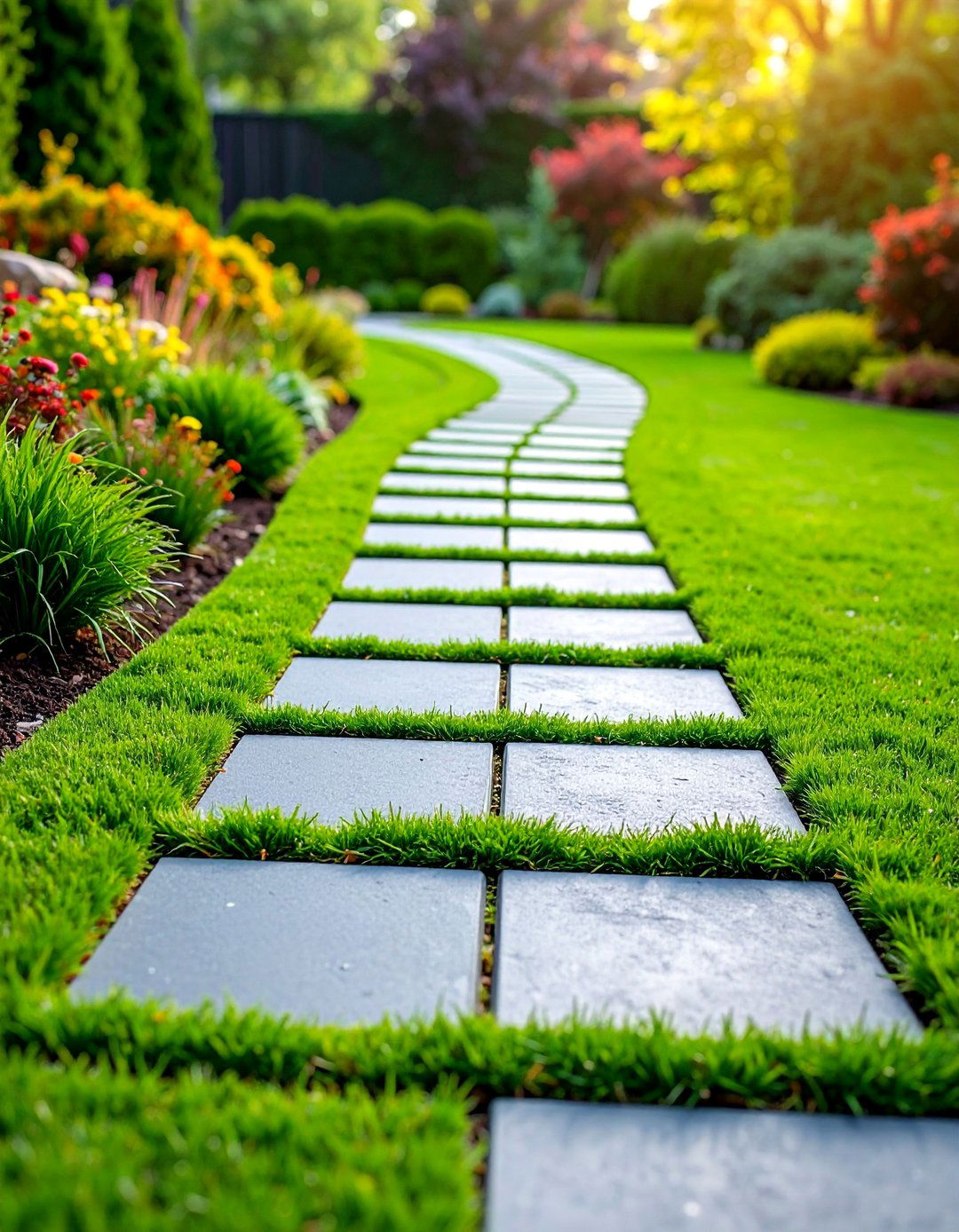
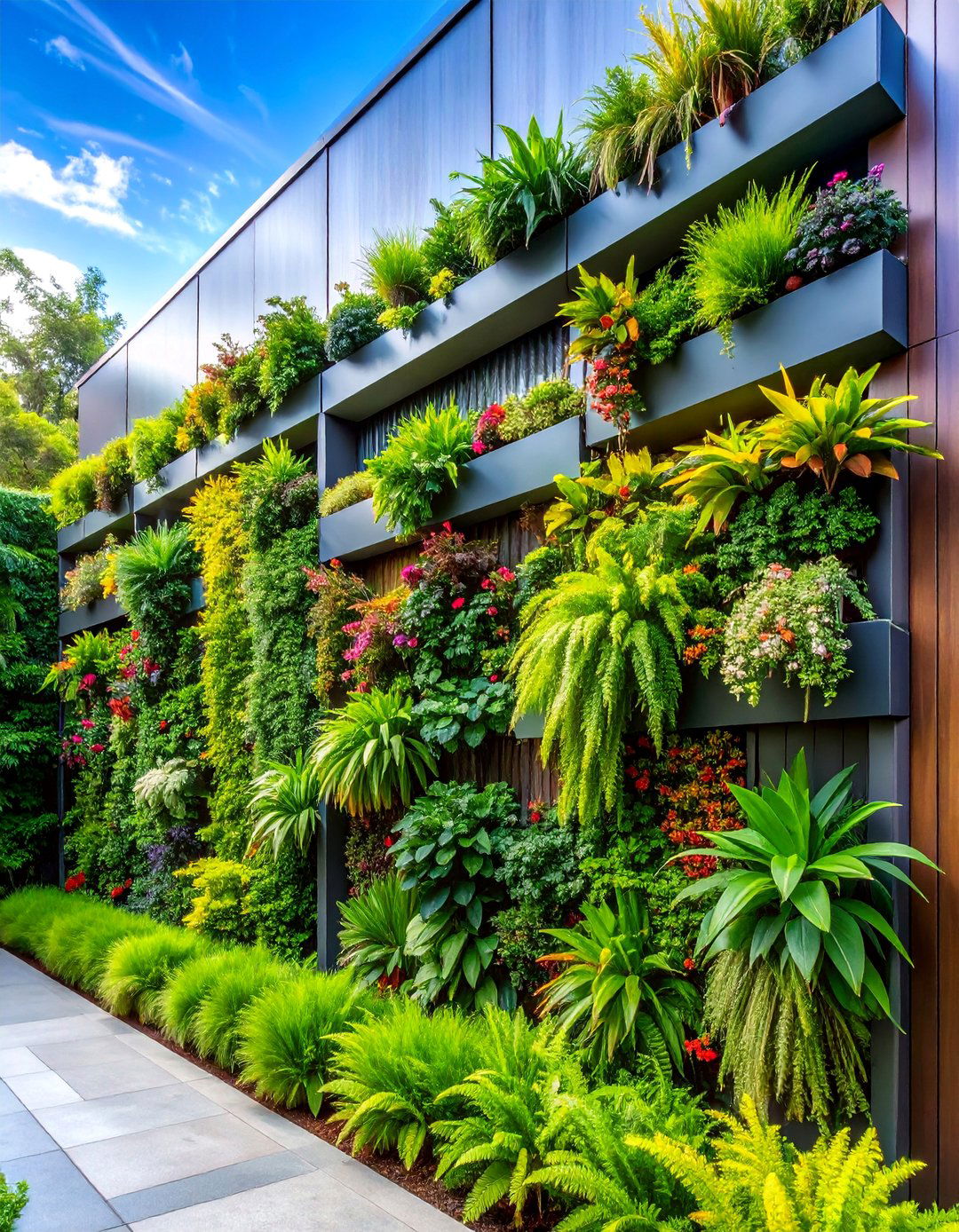
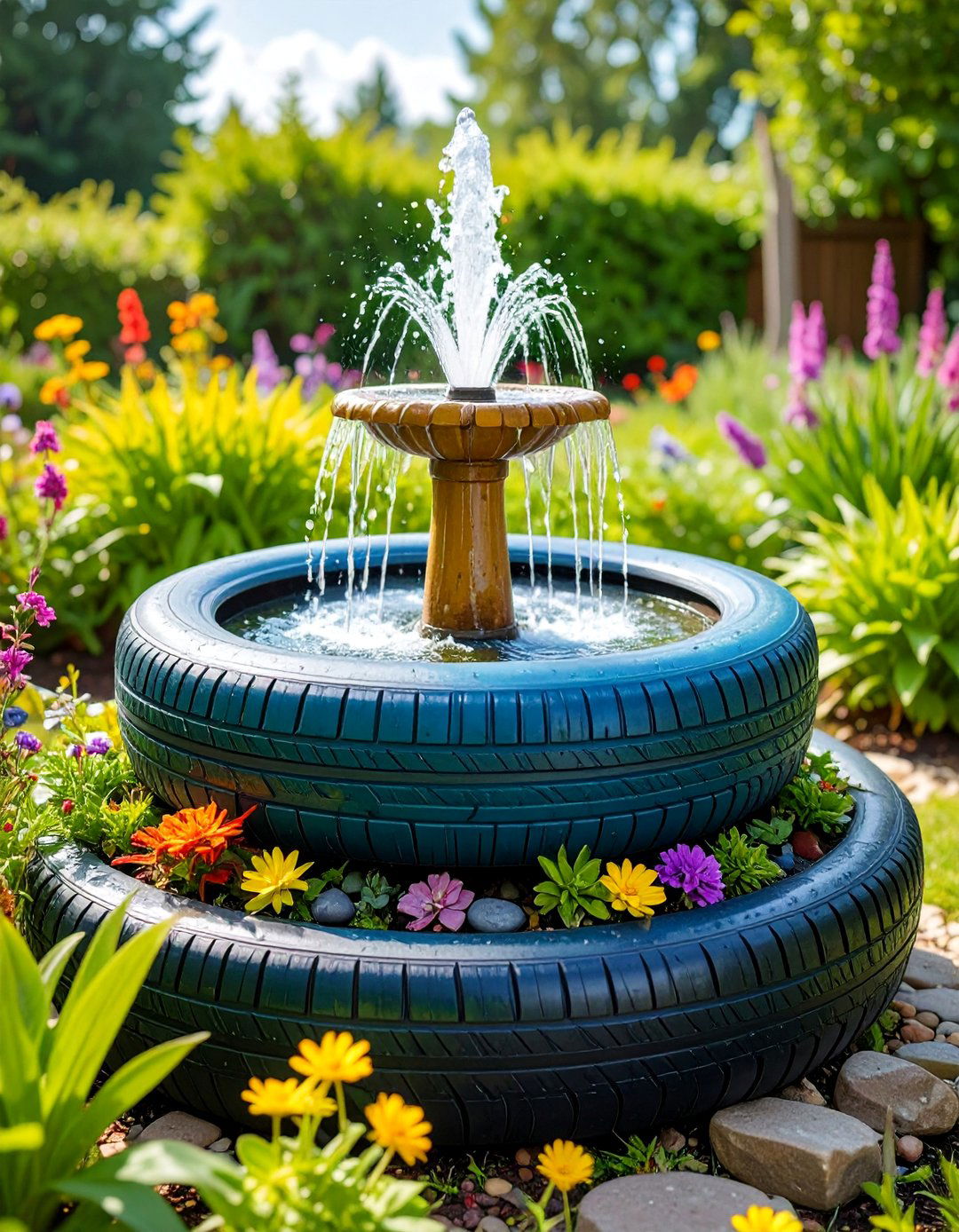

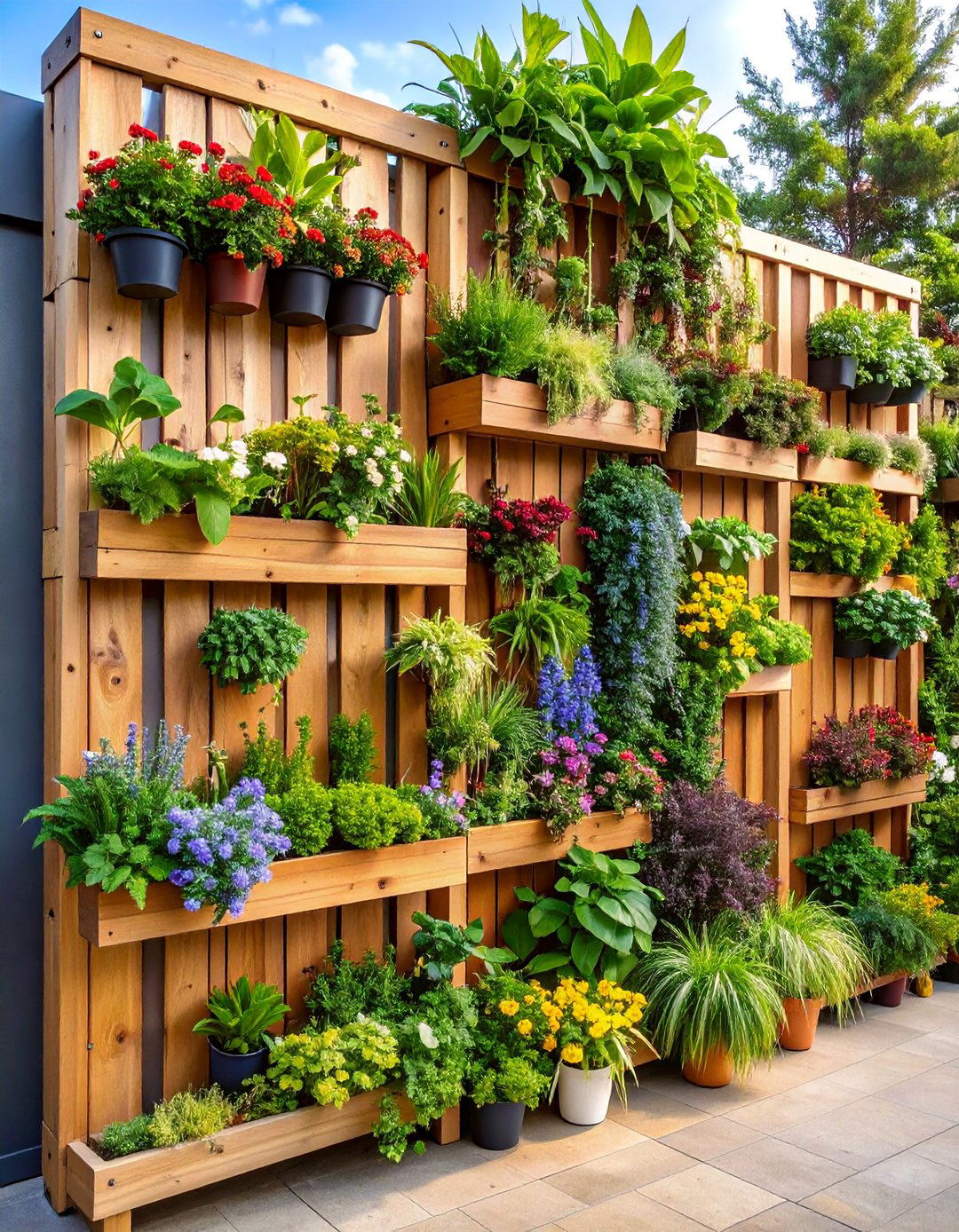
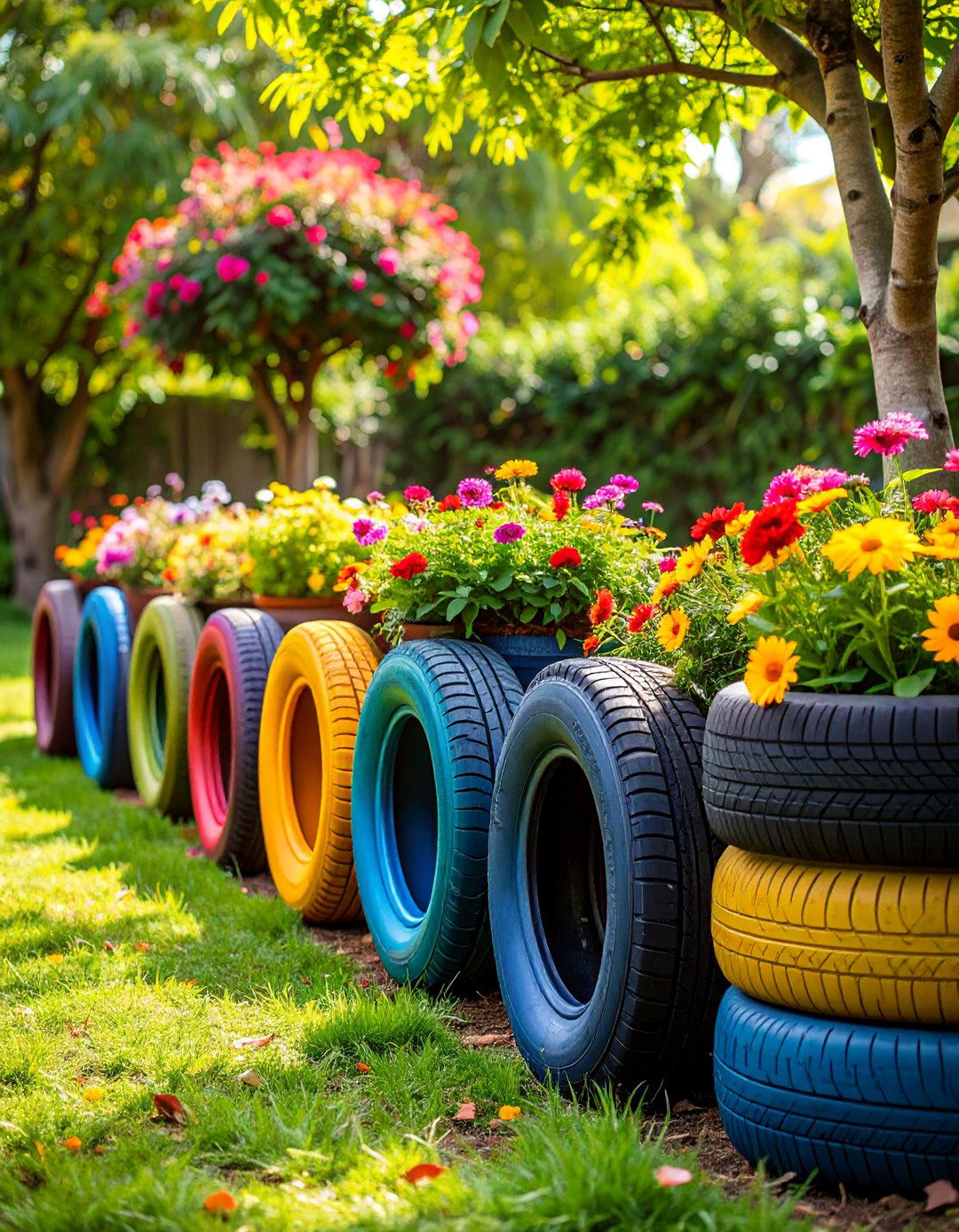


Leave a Reply